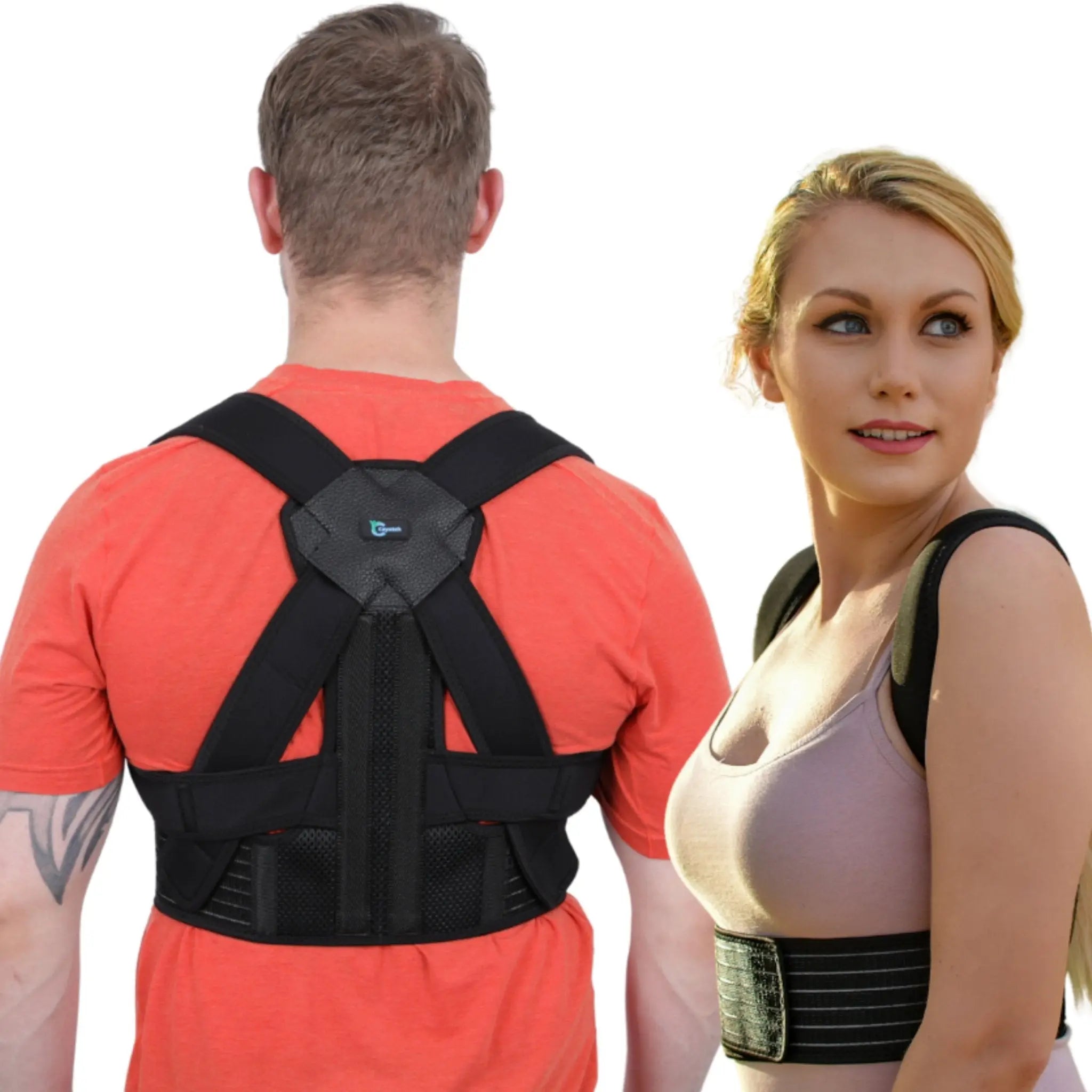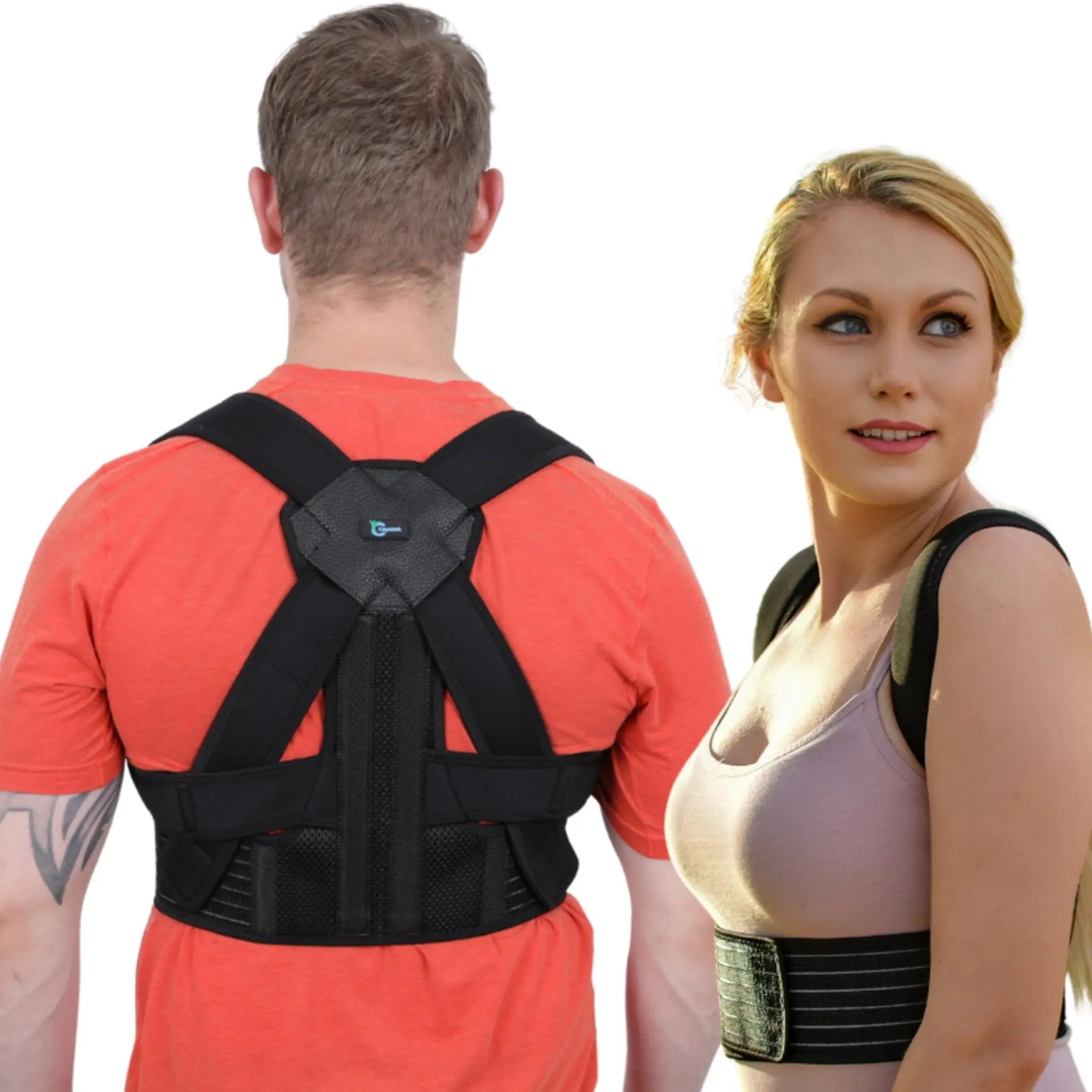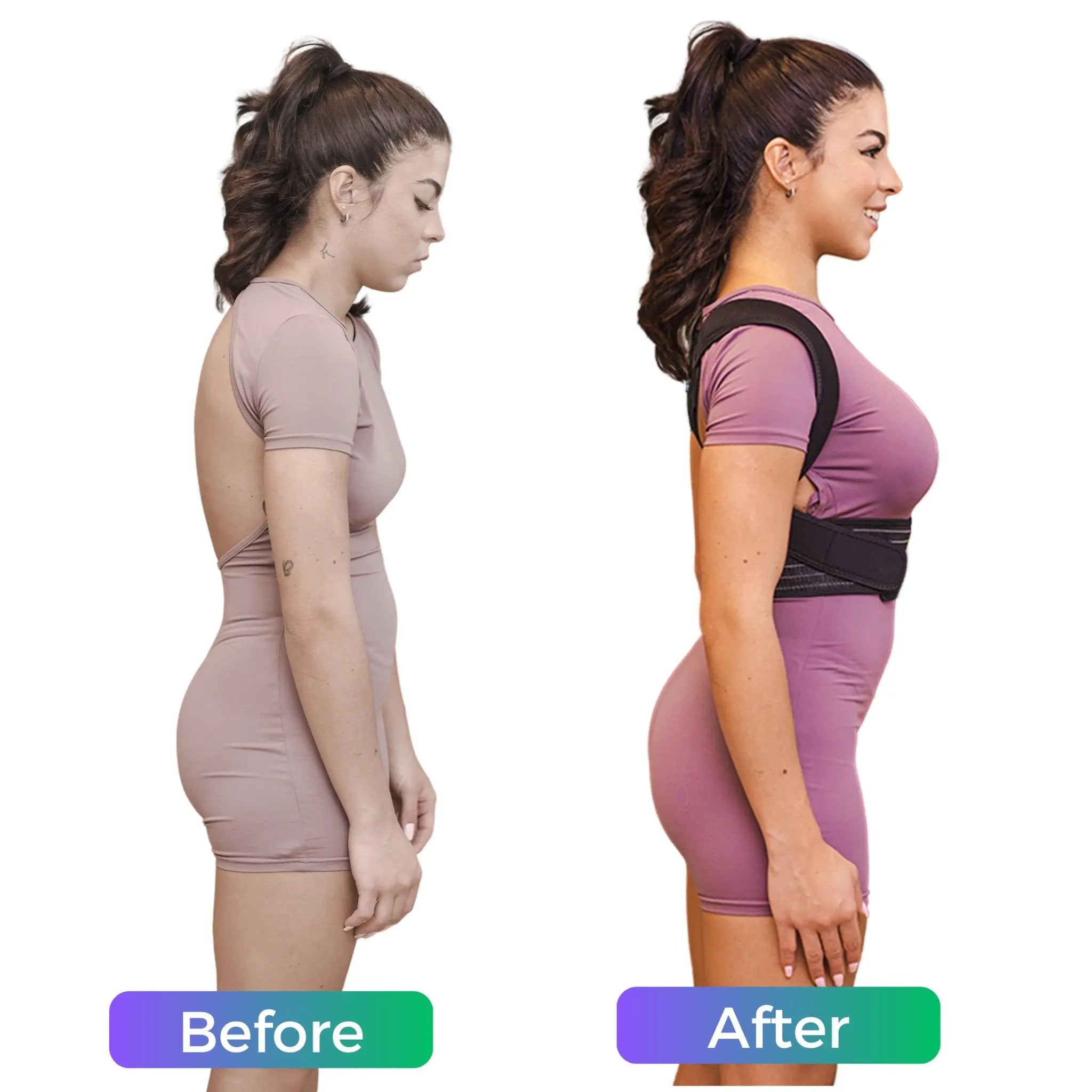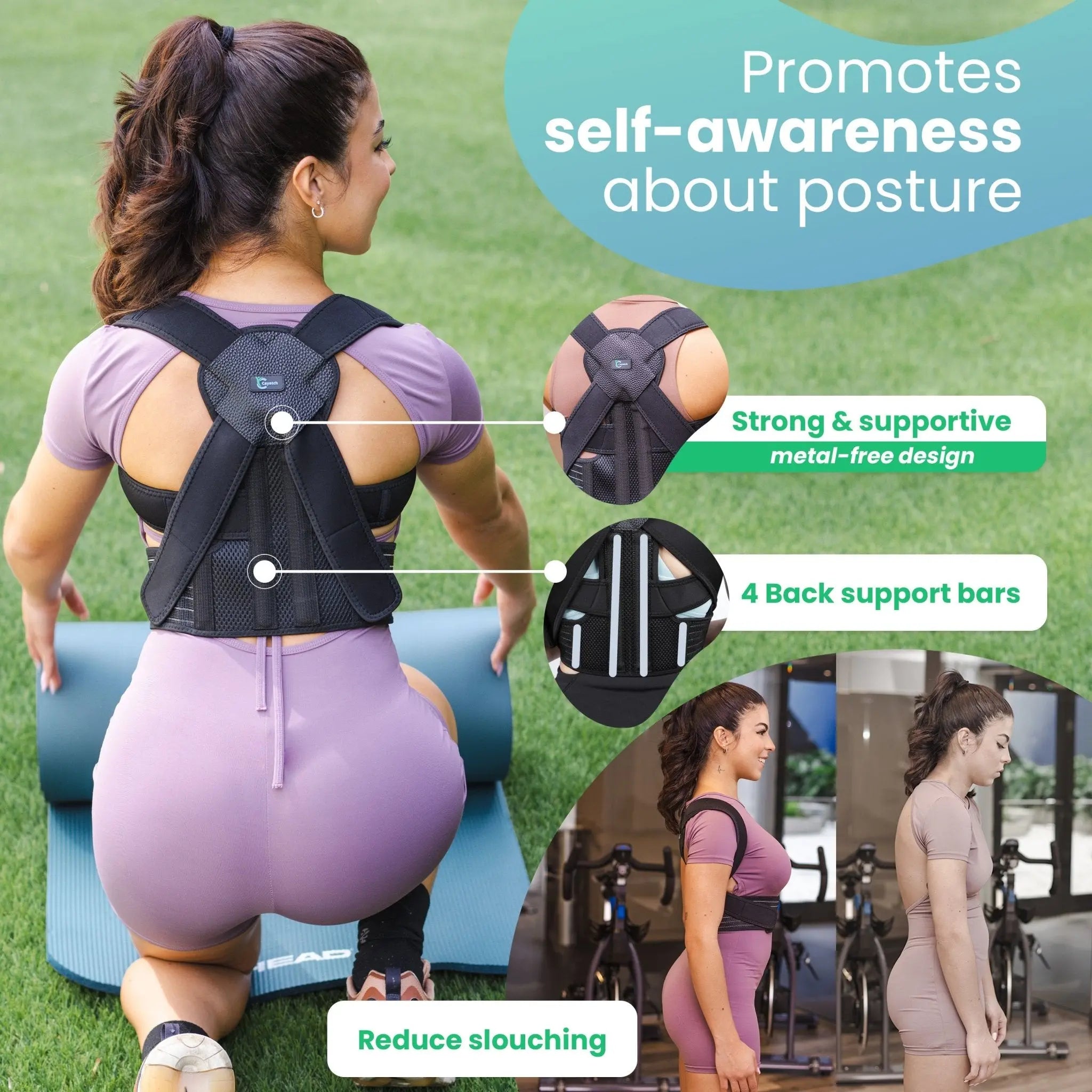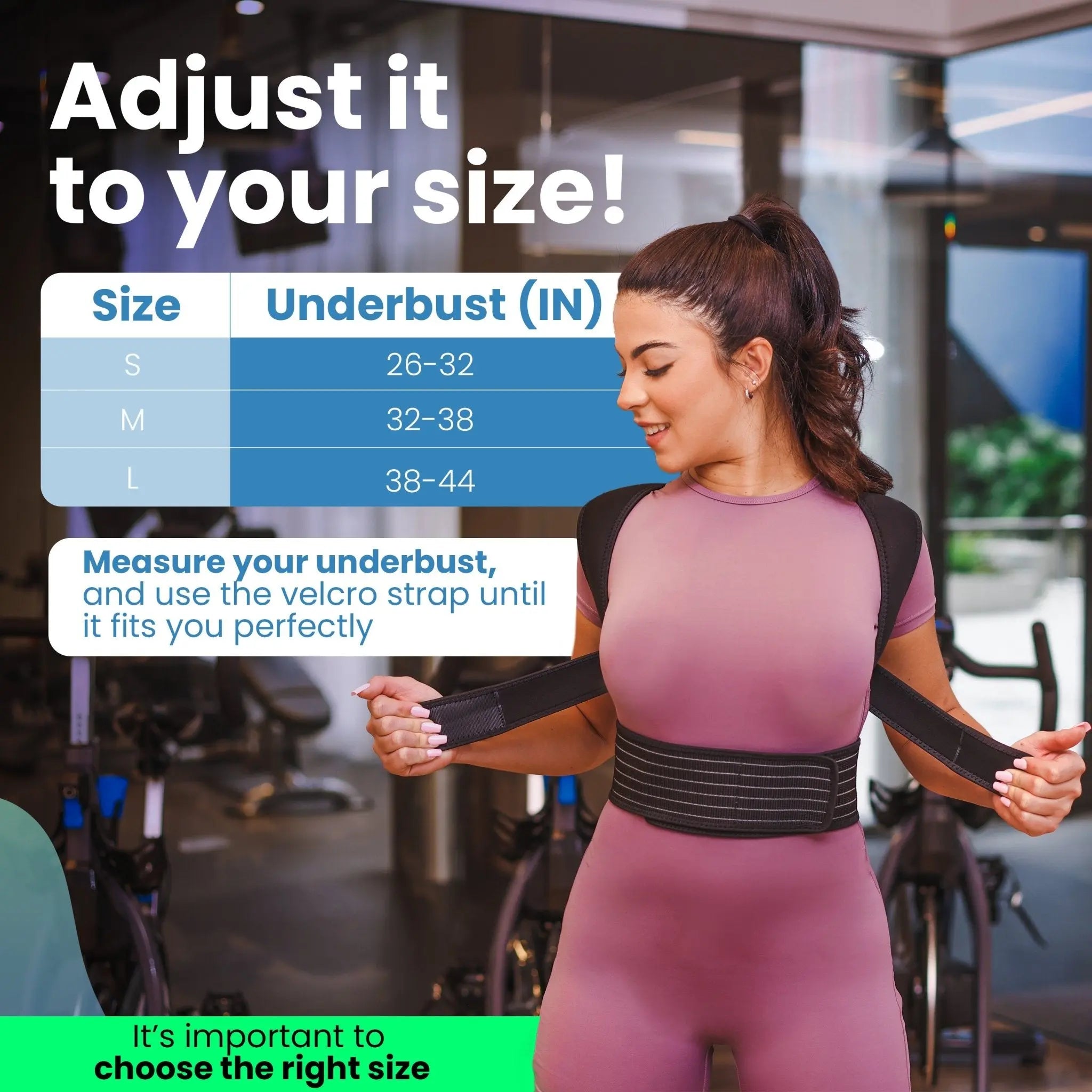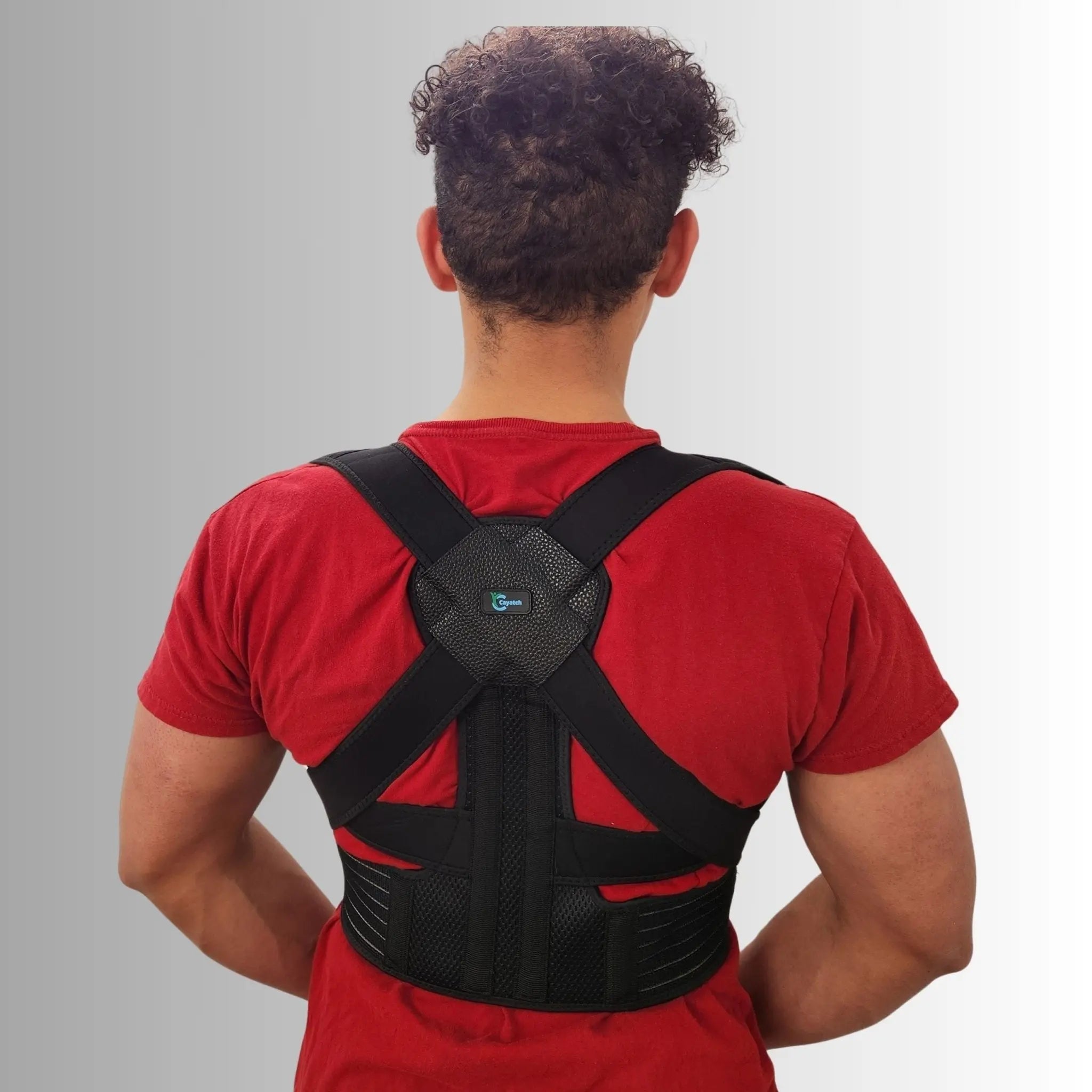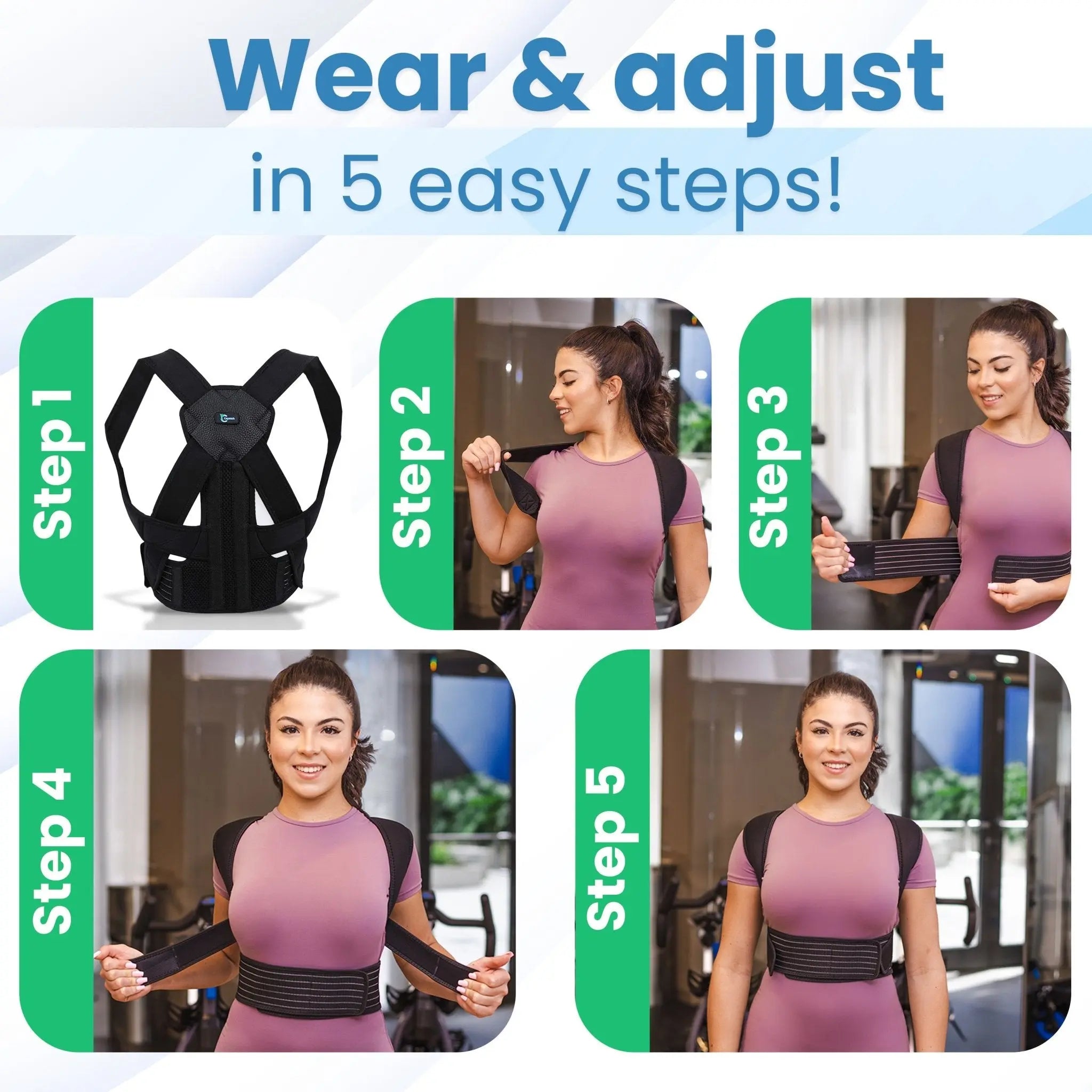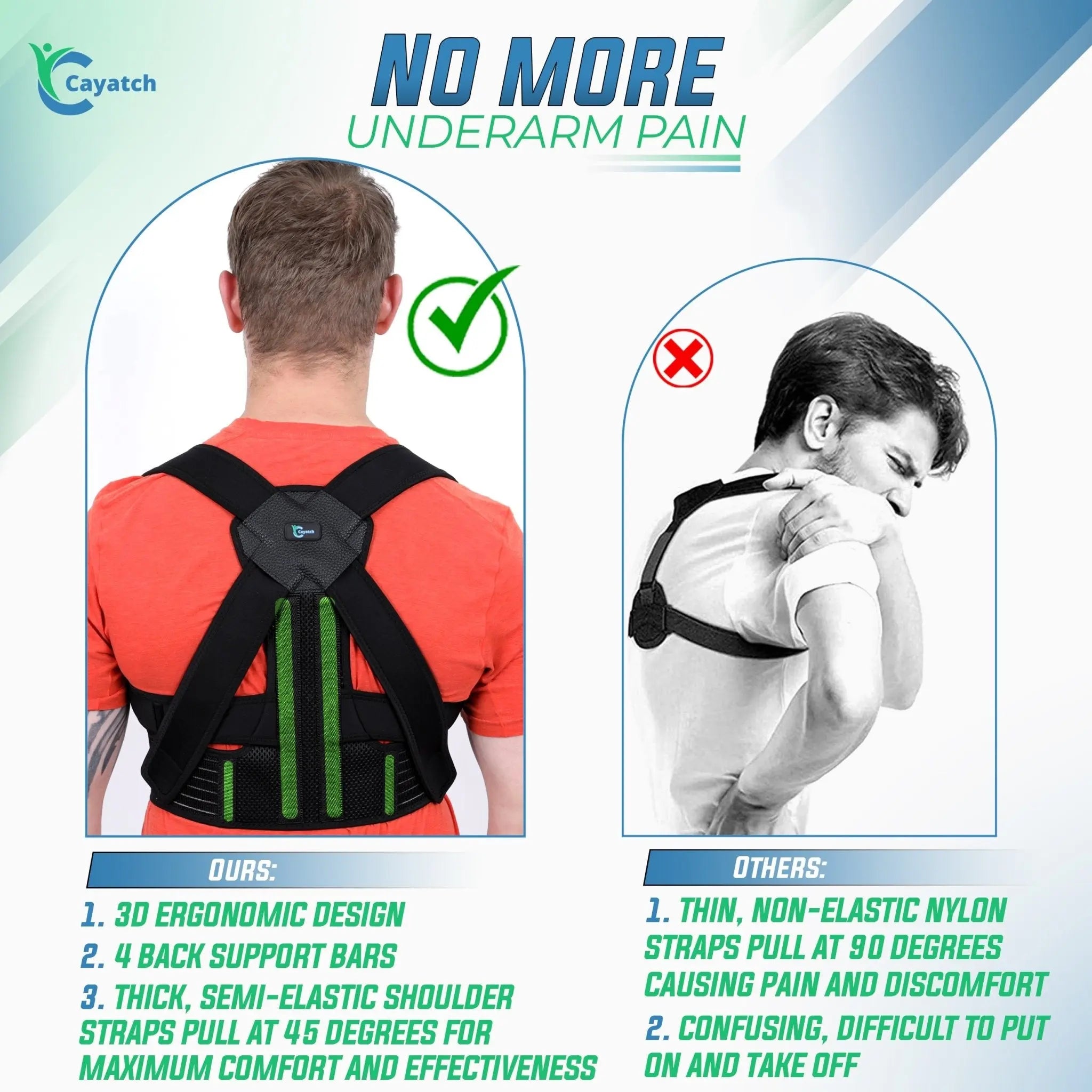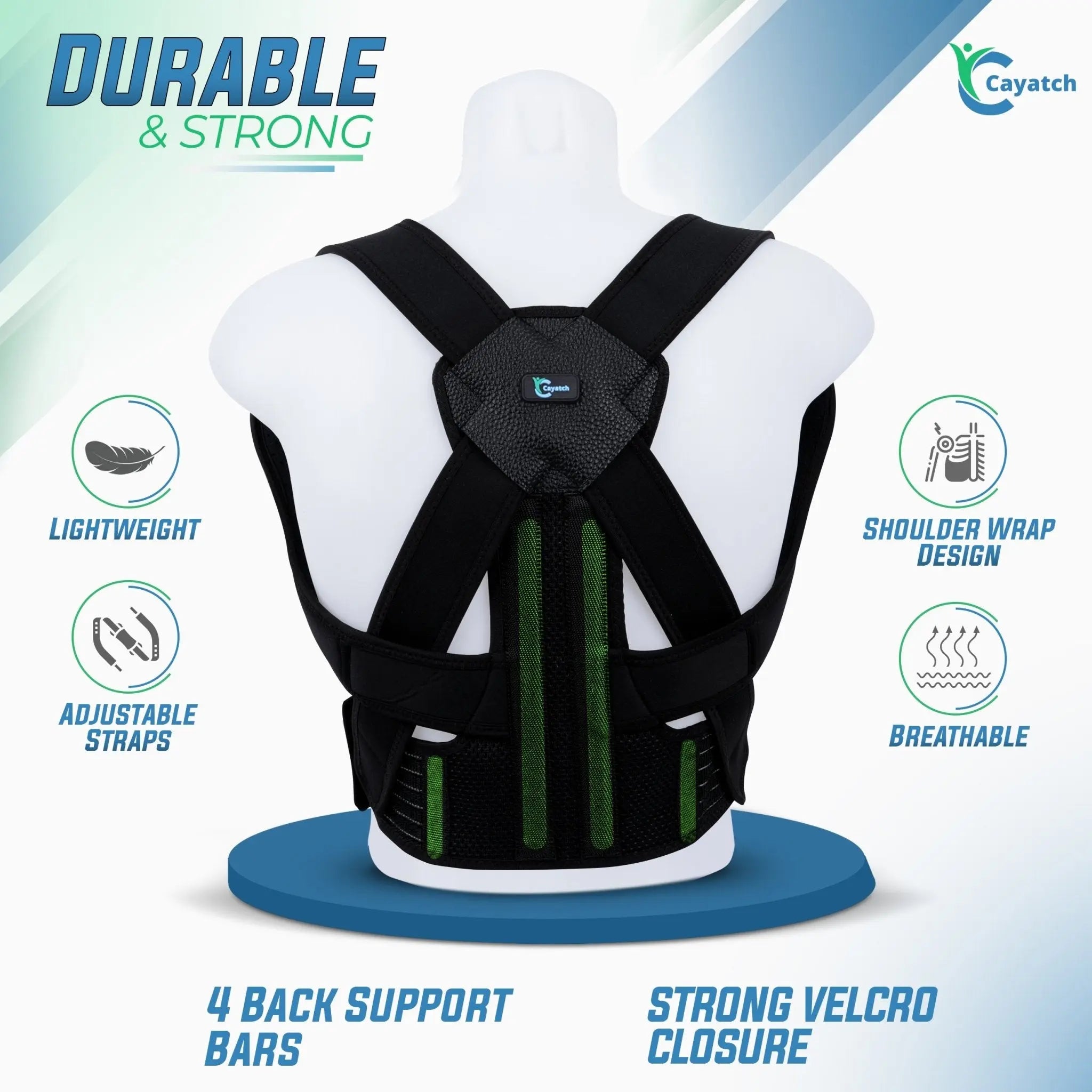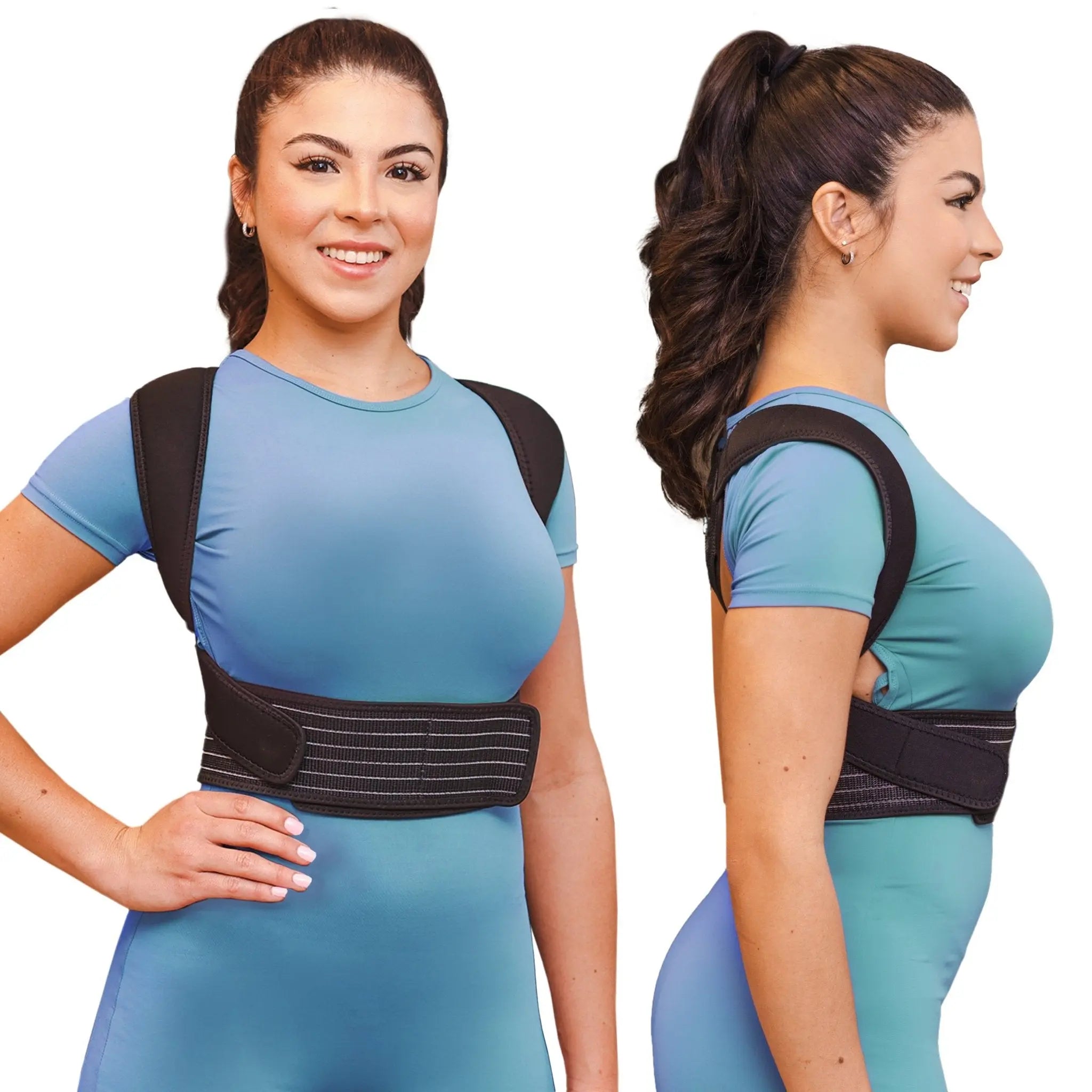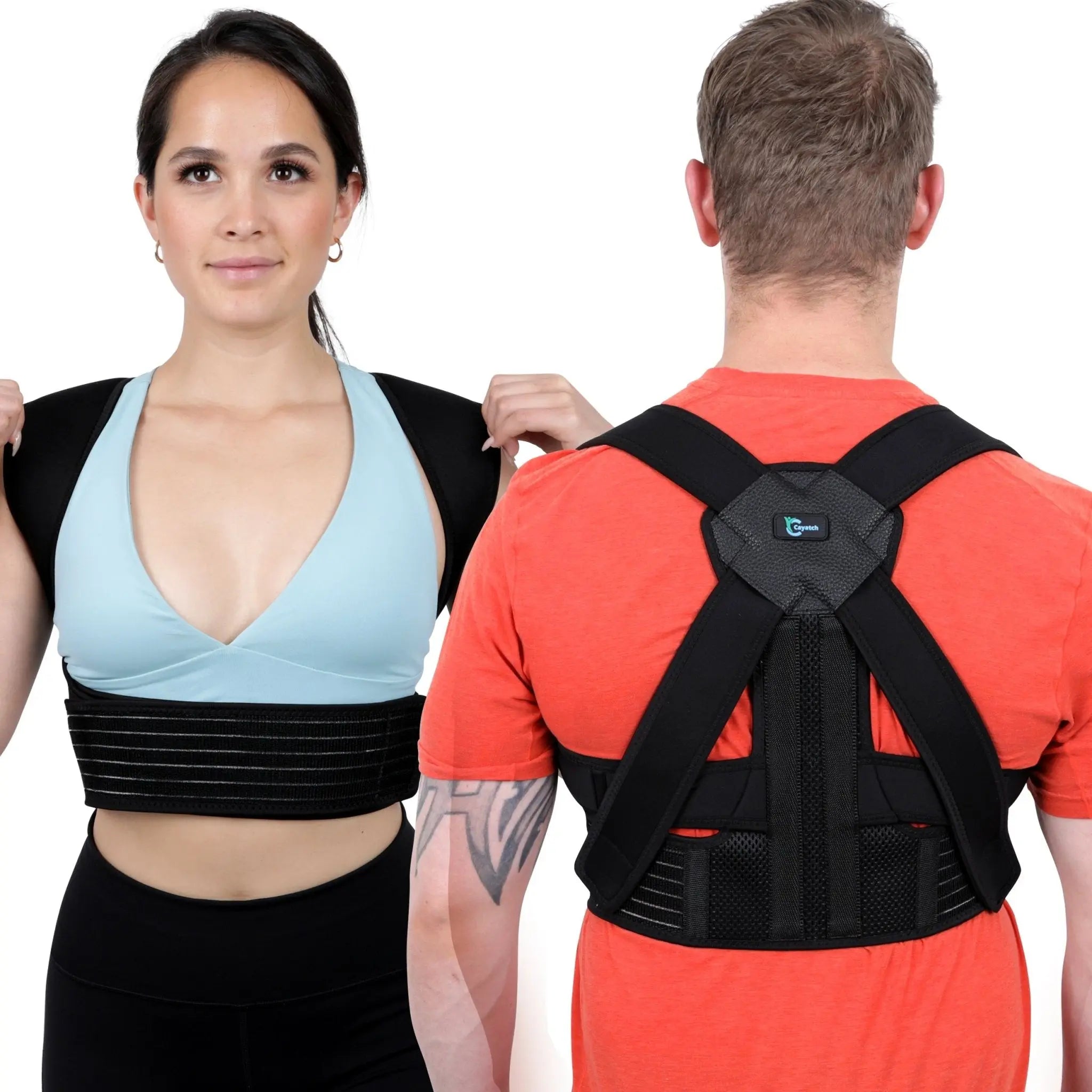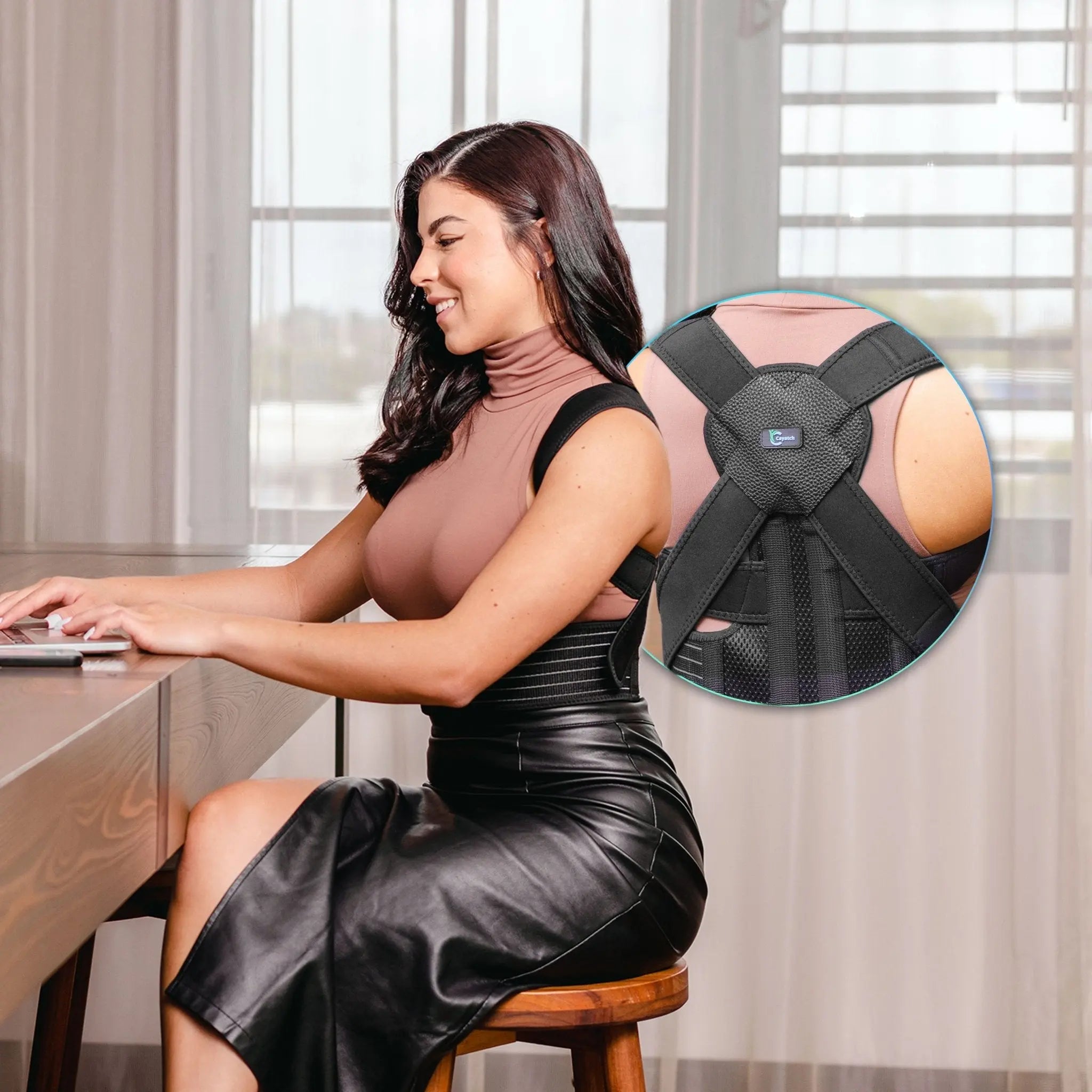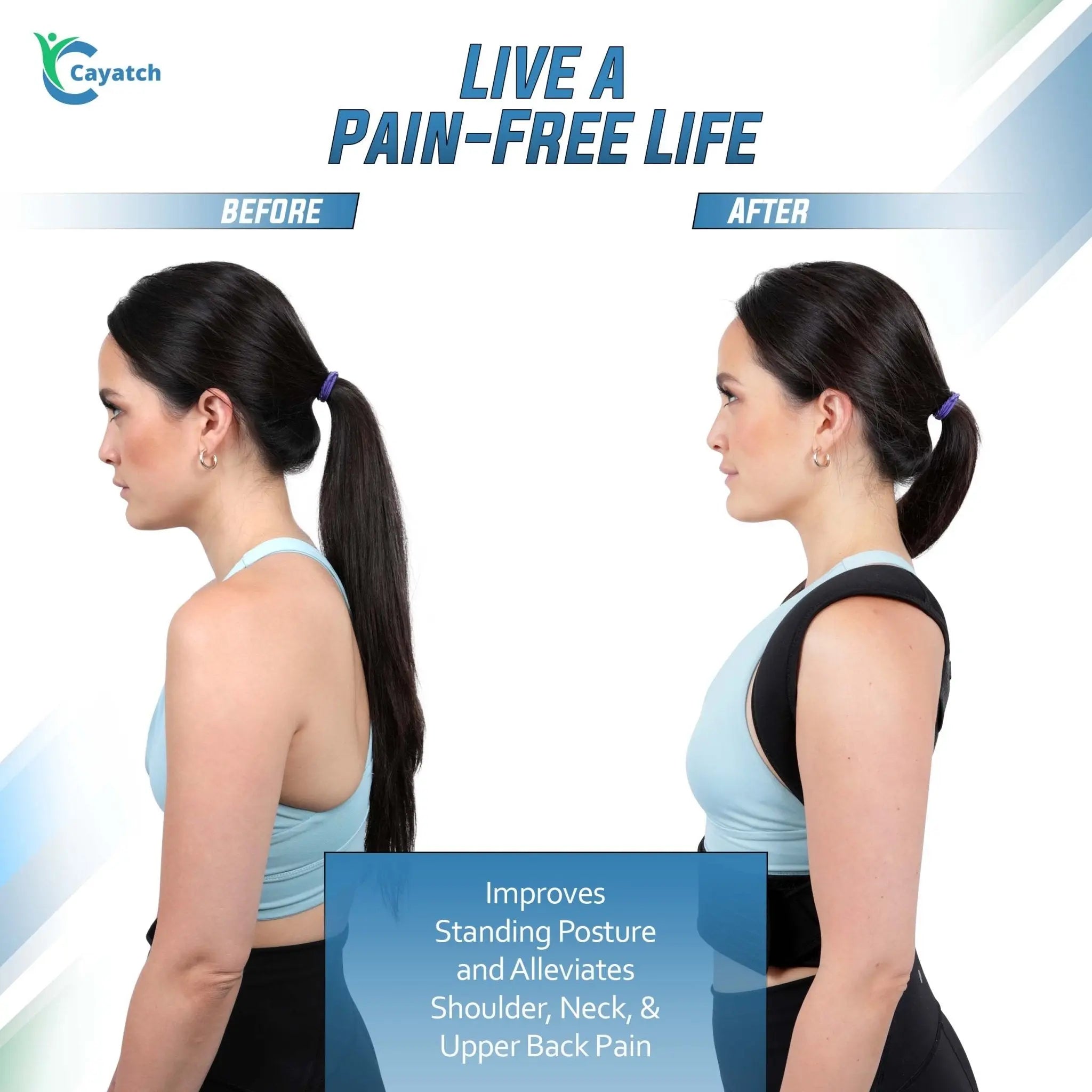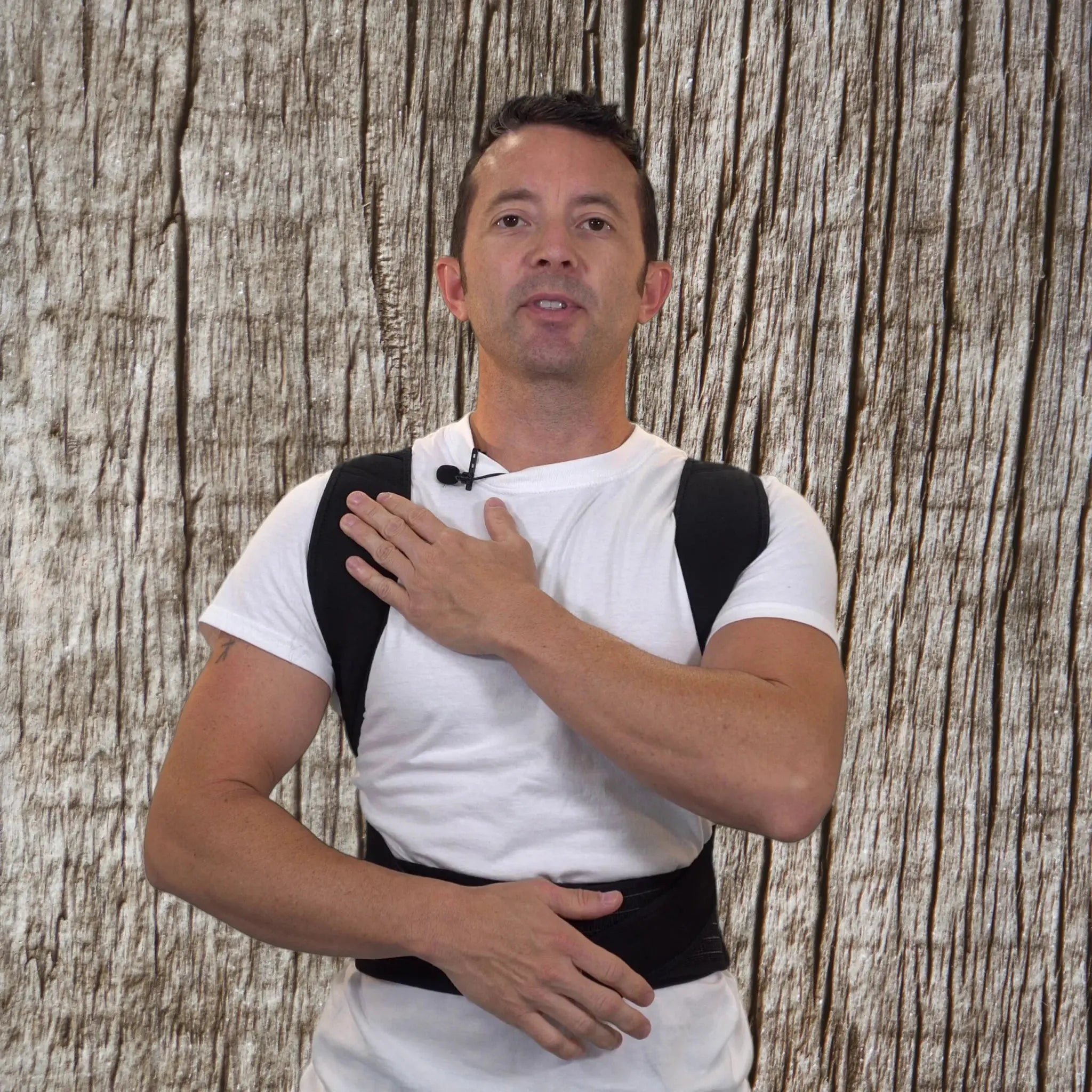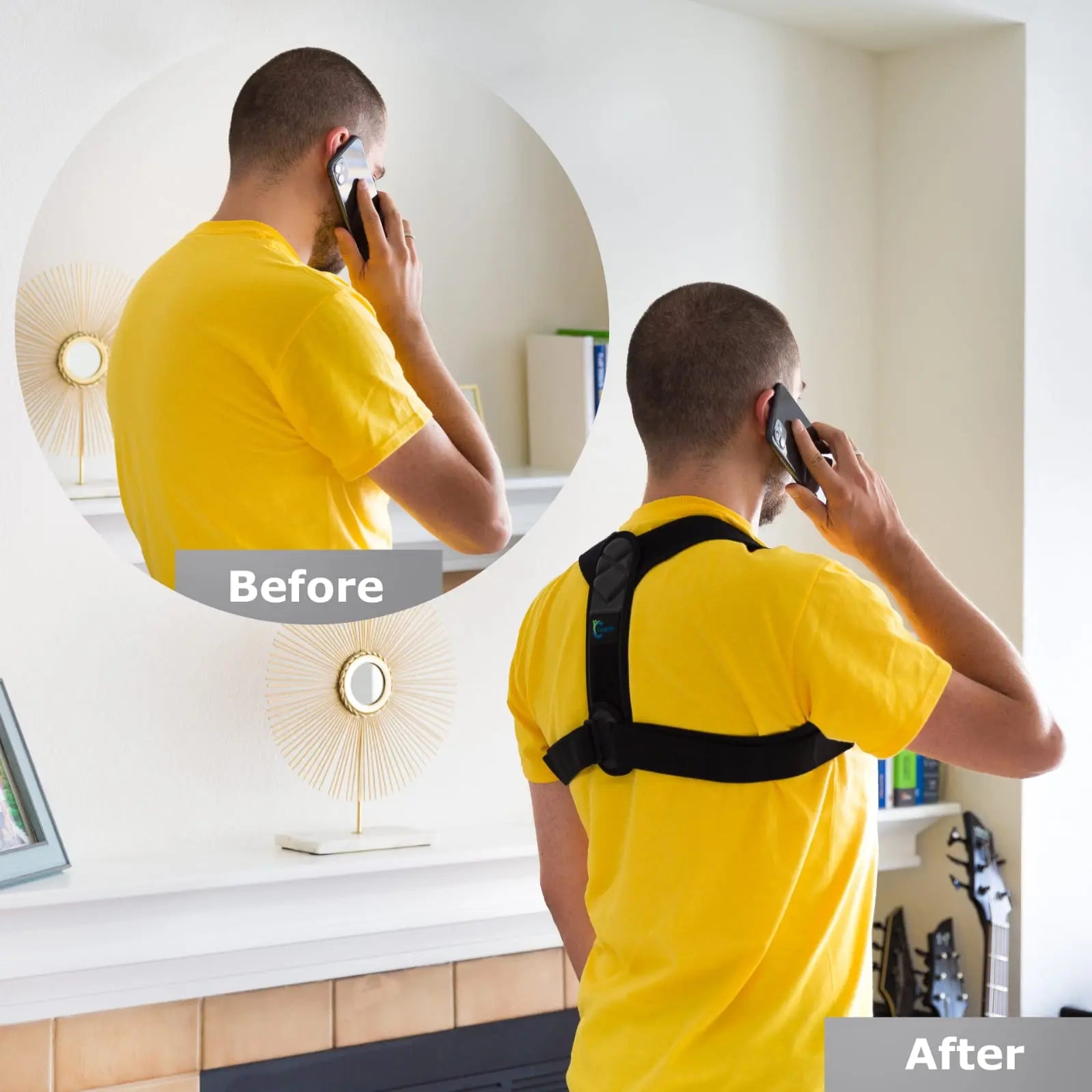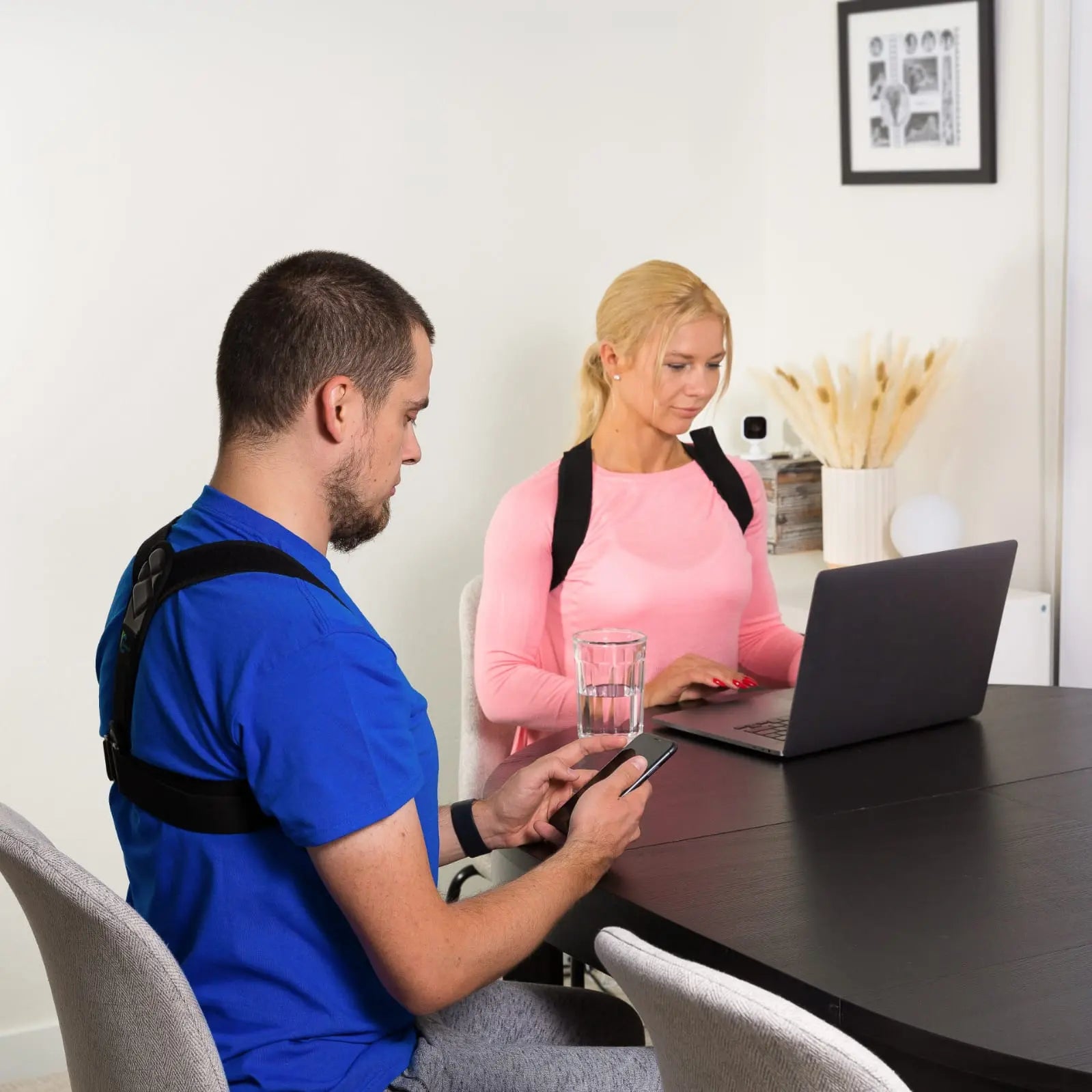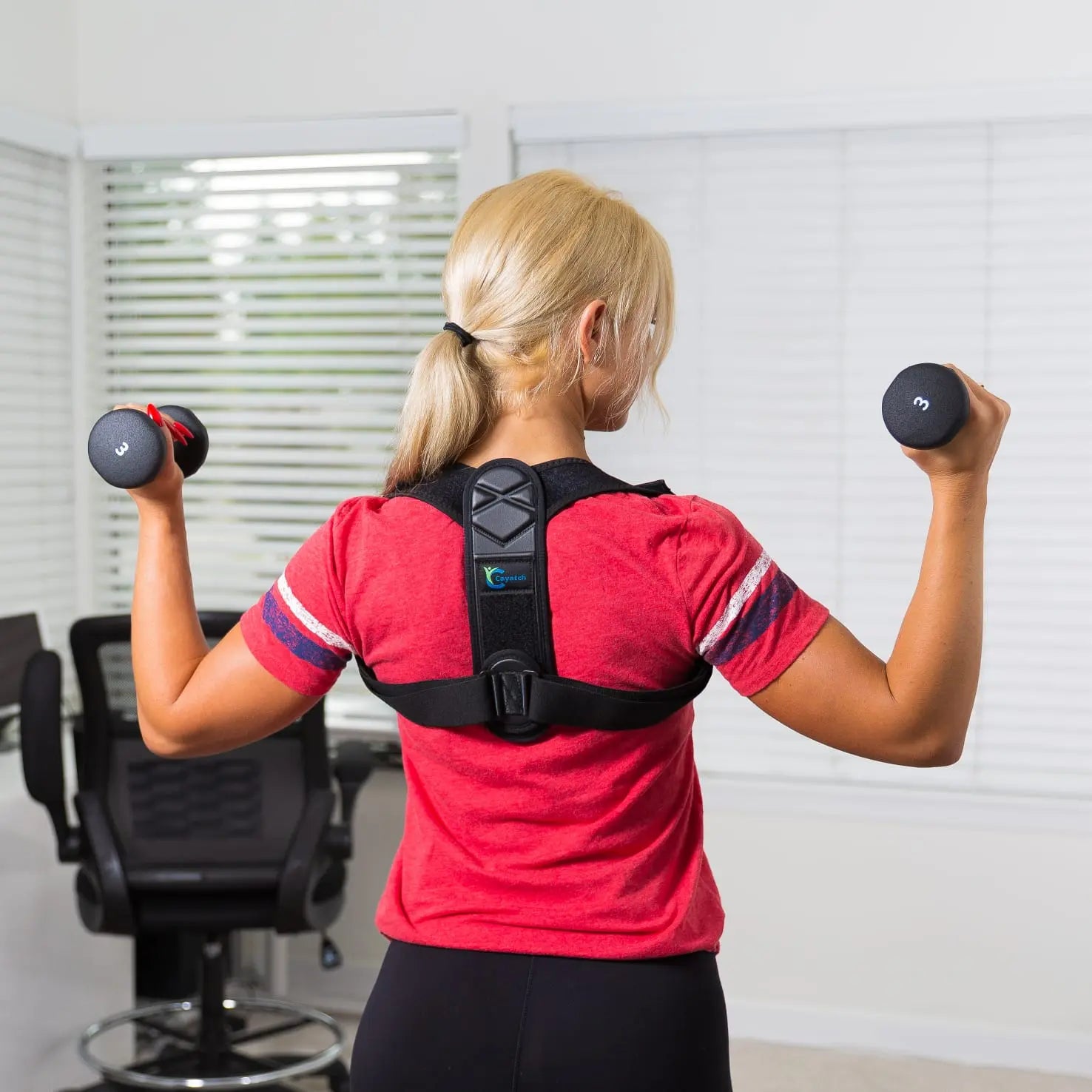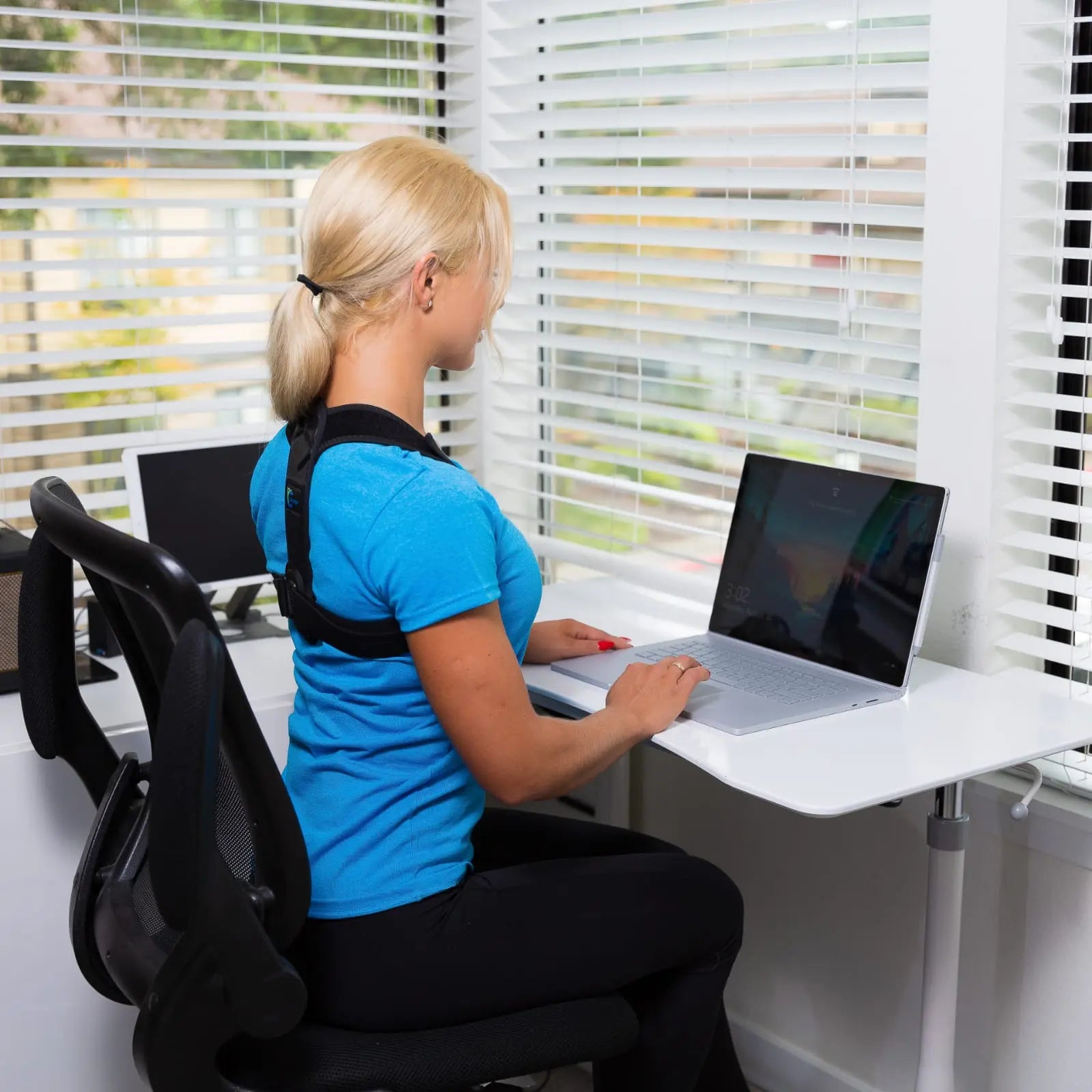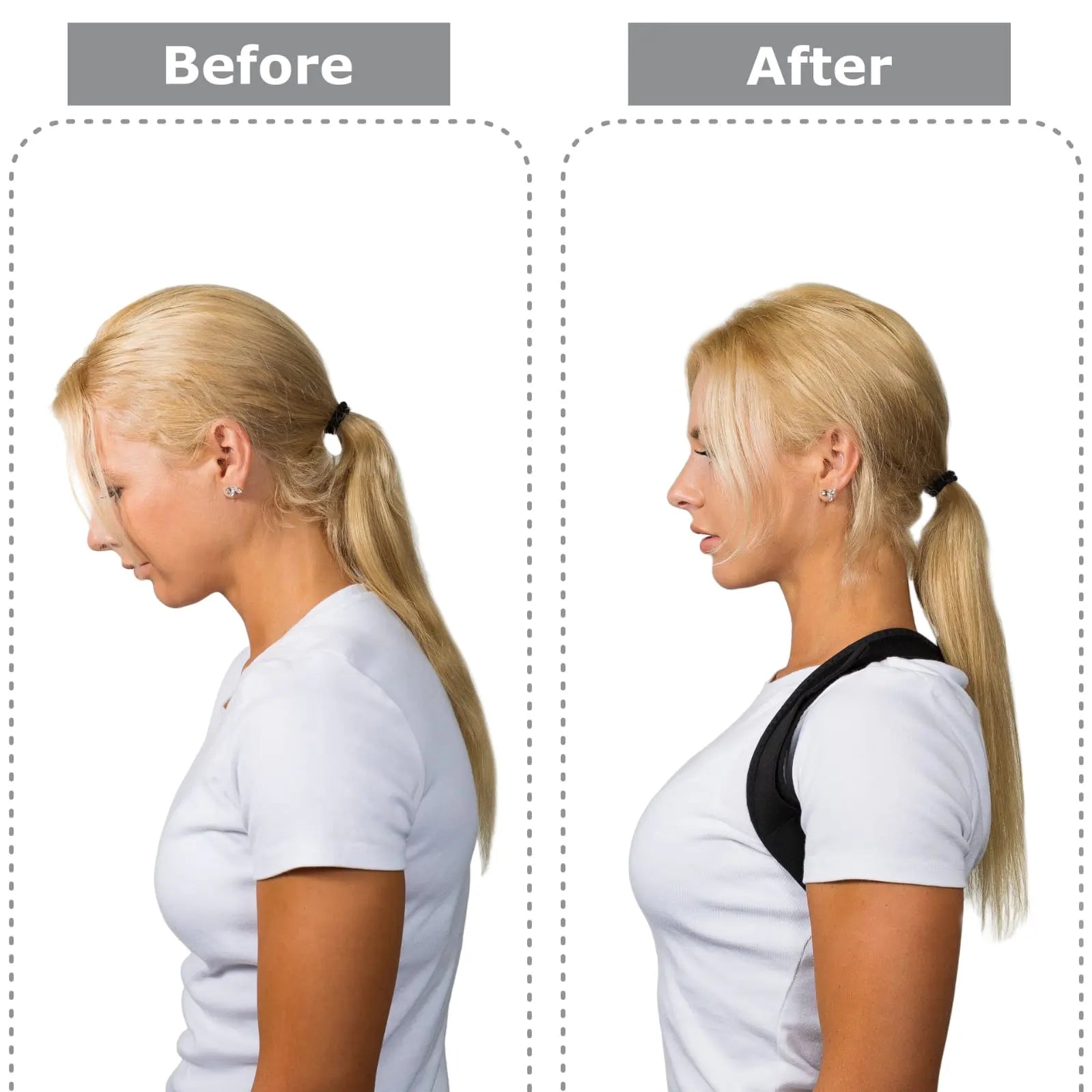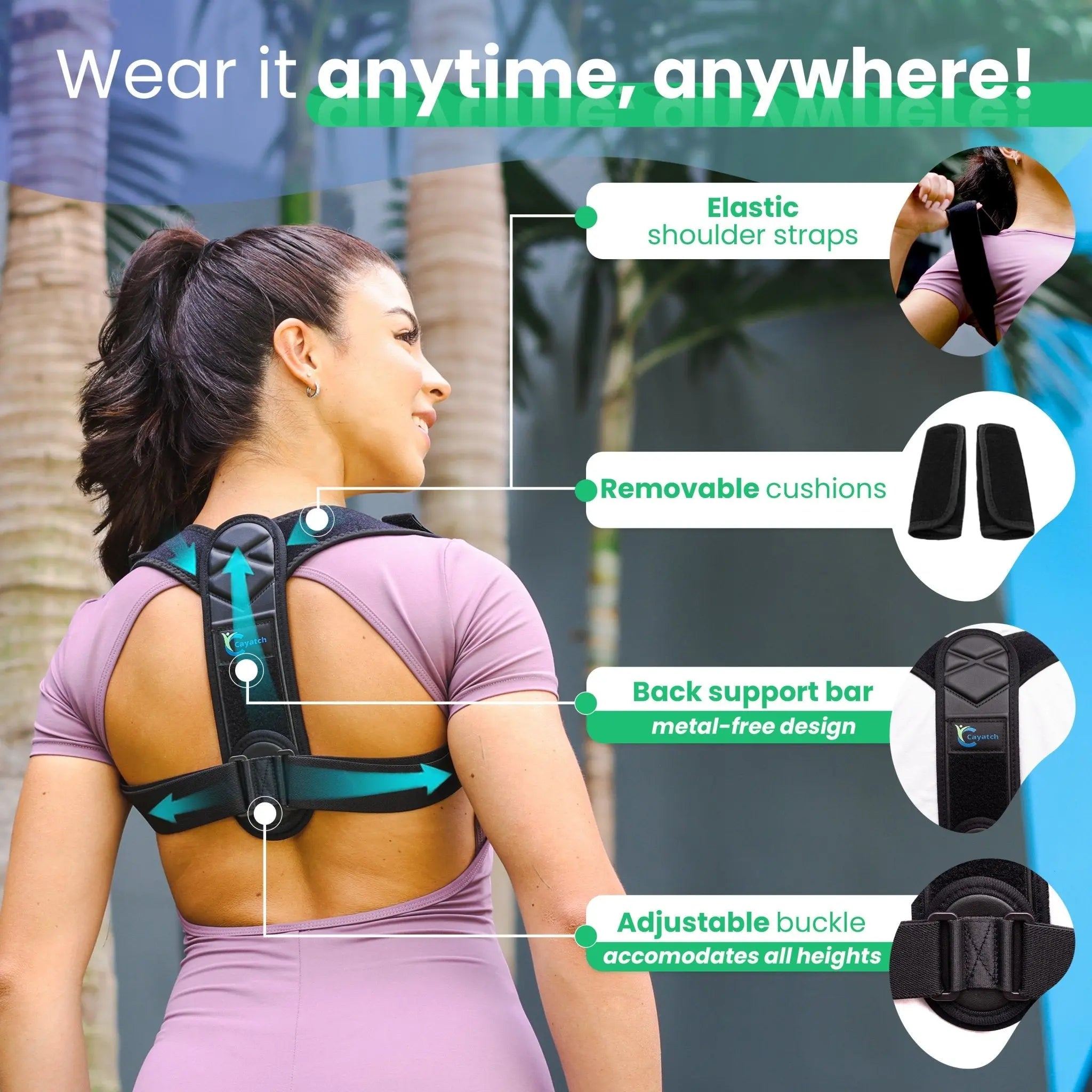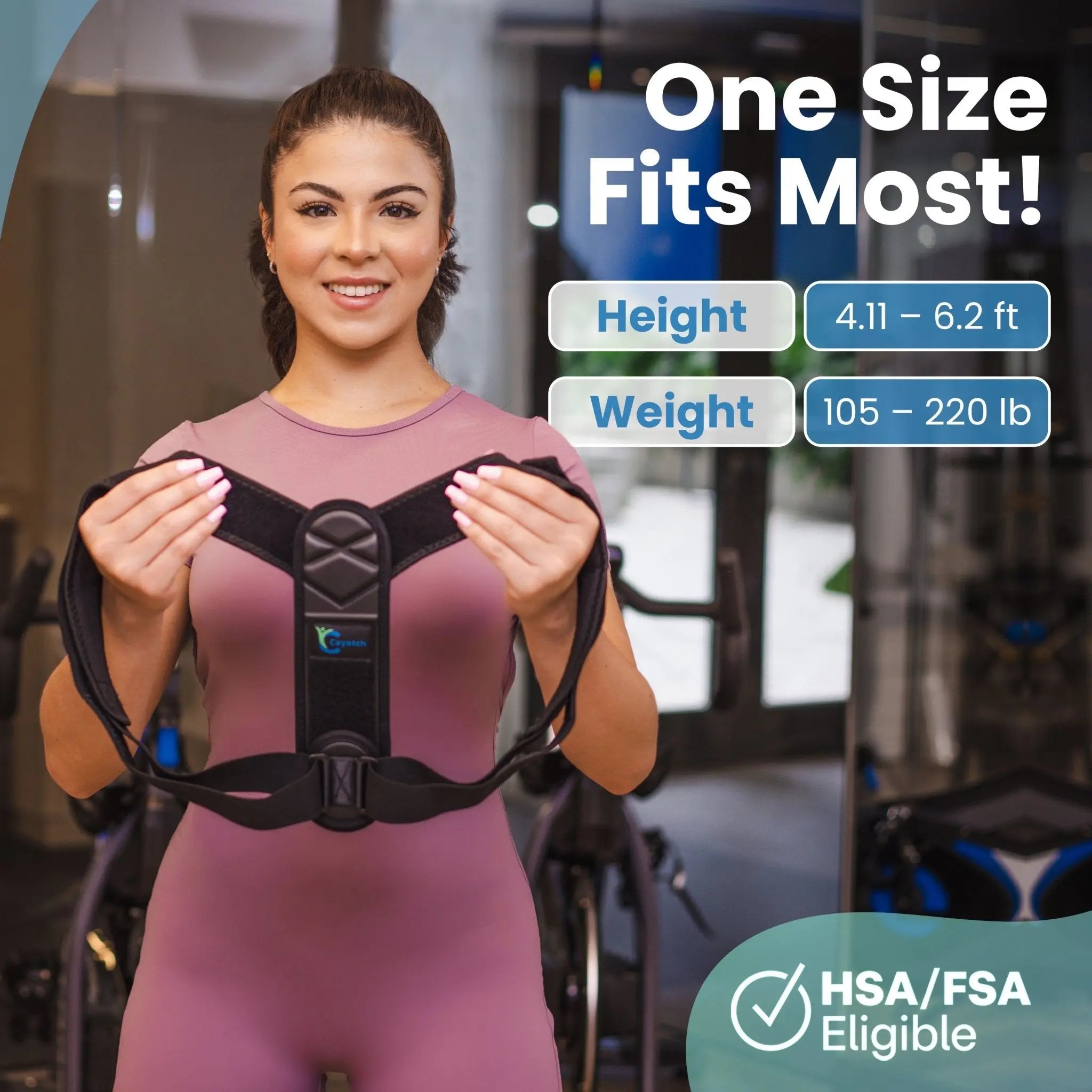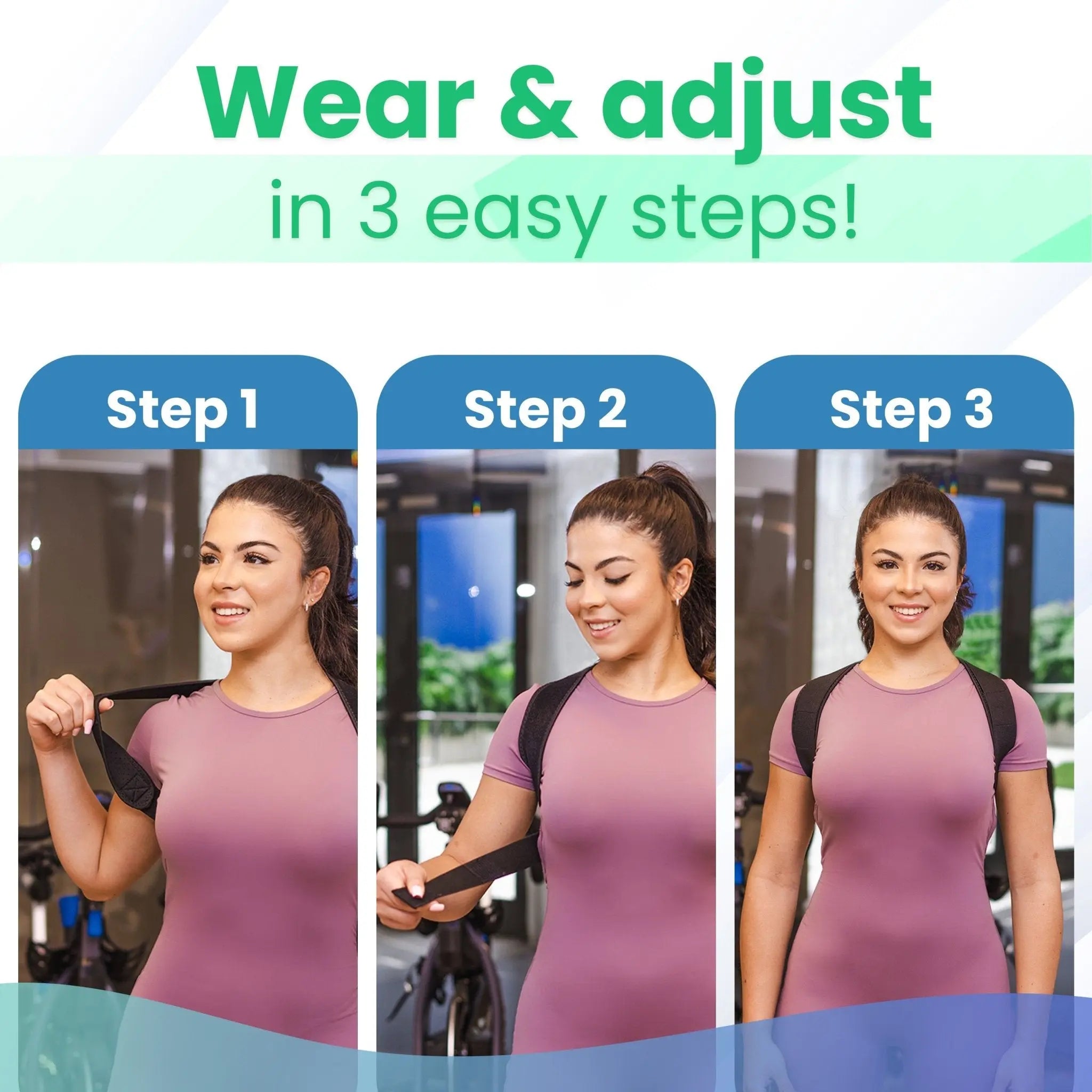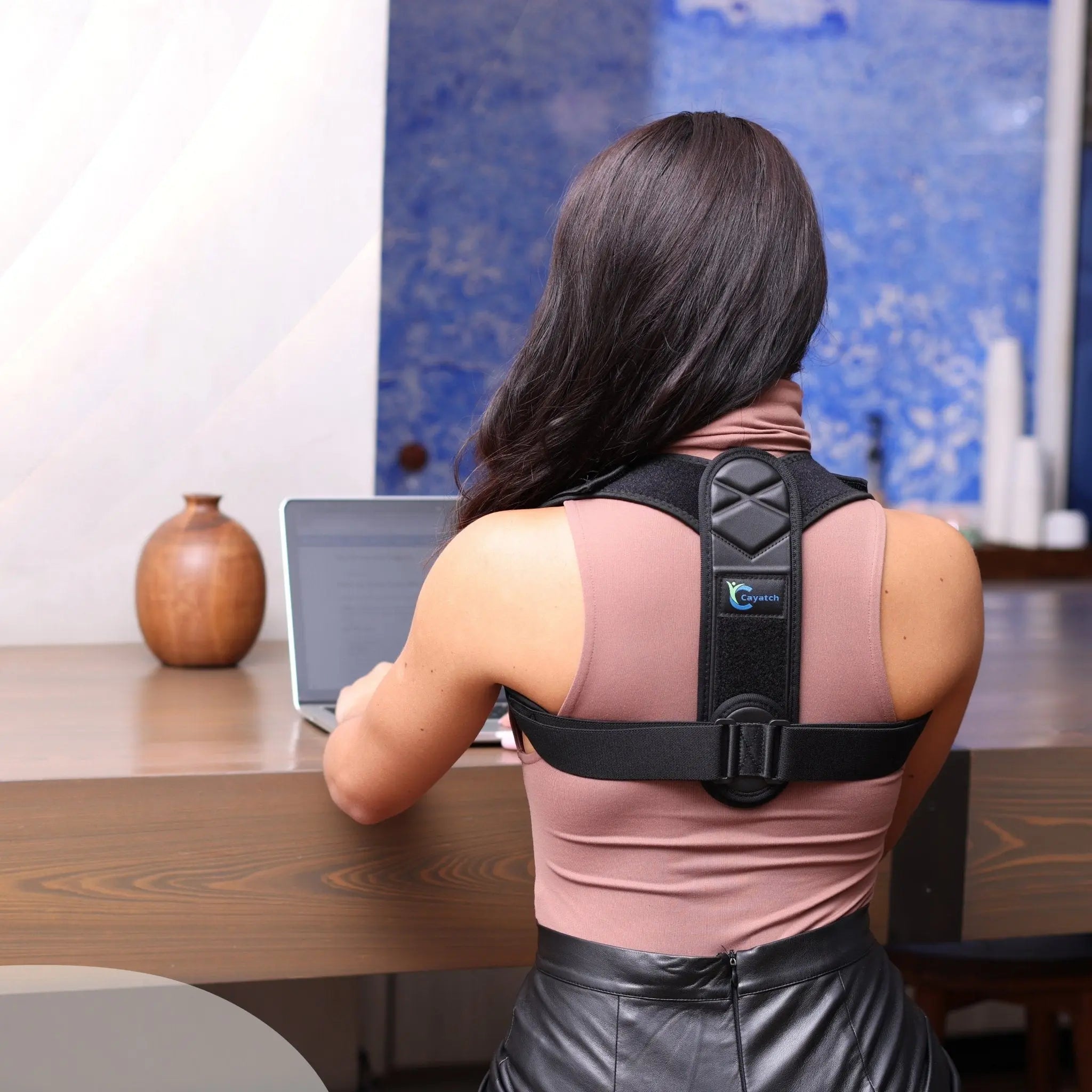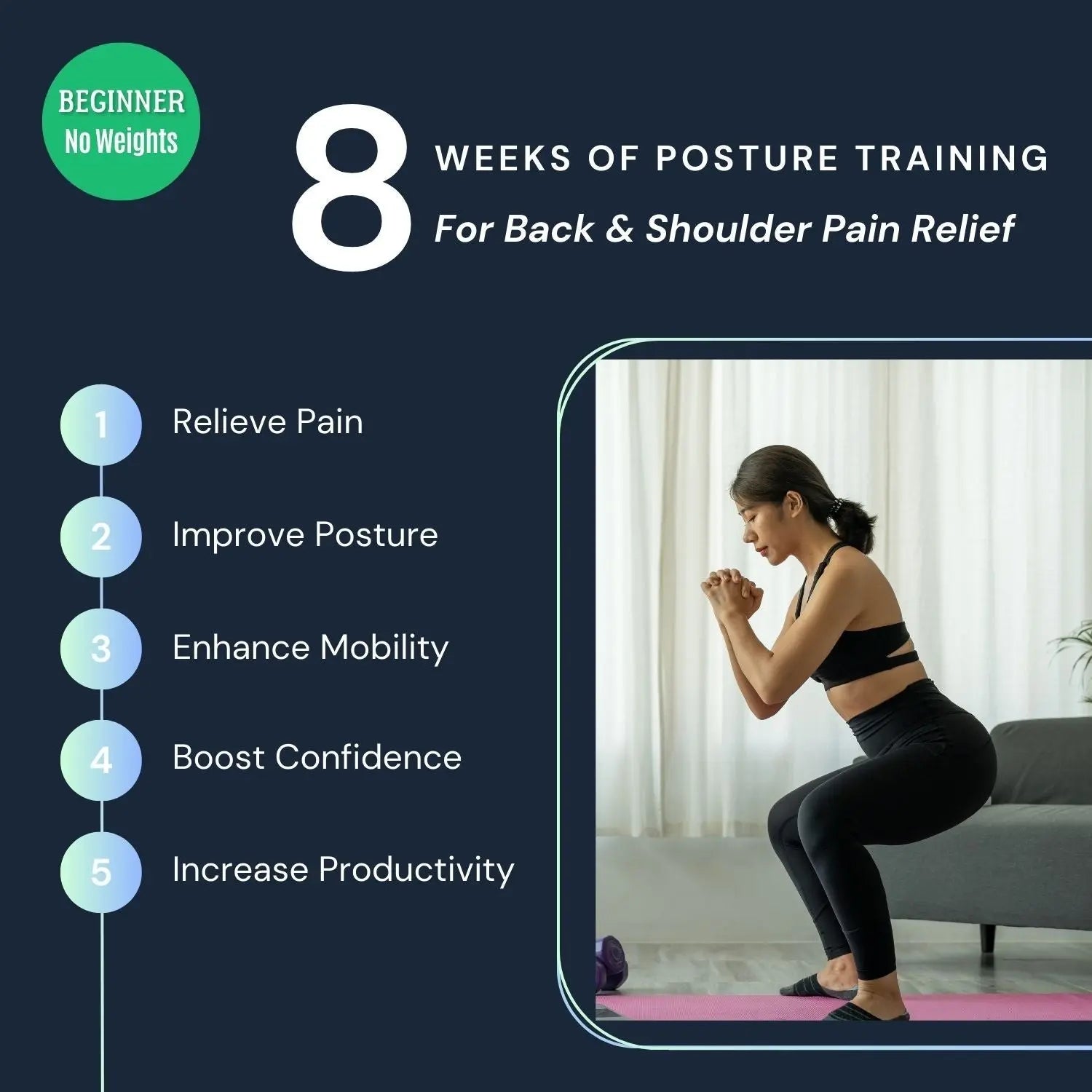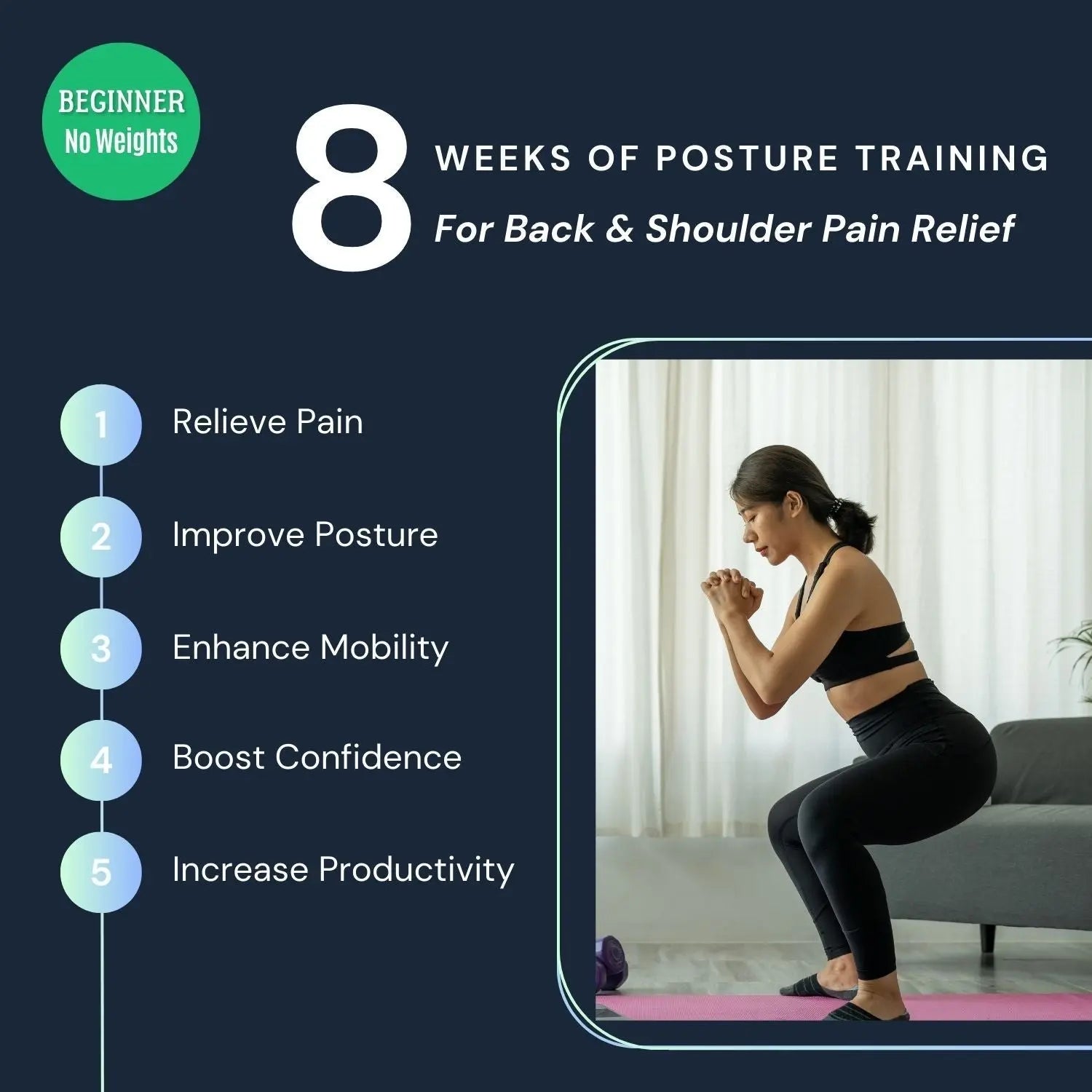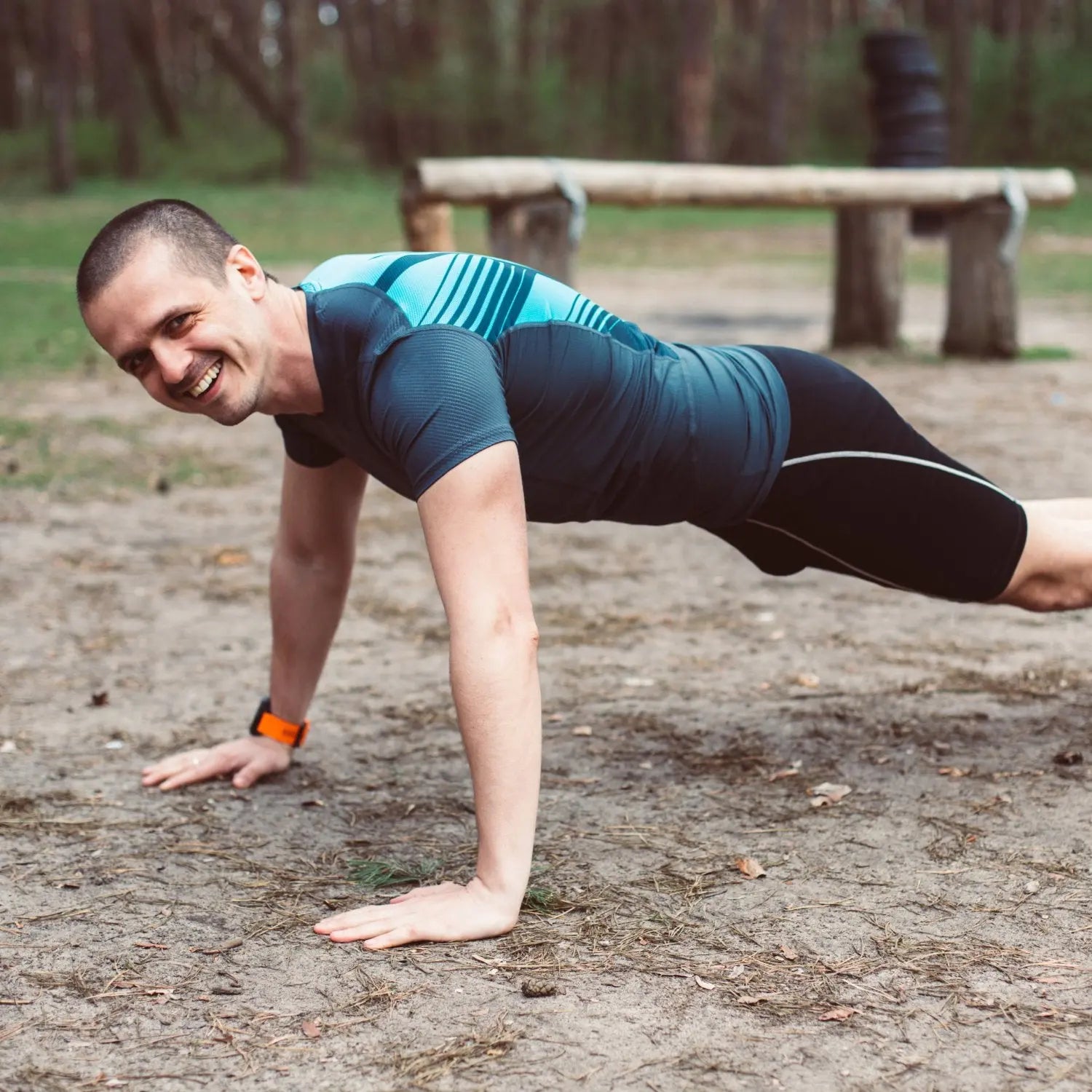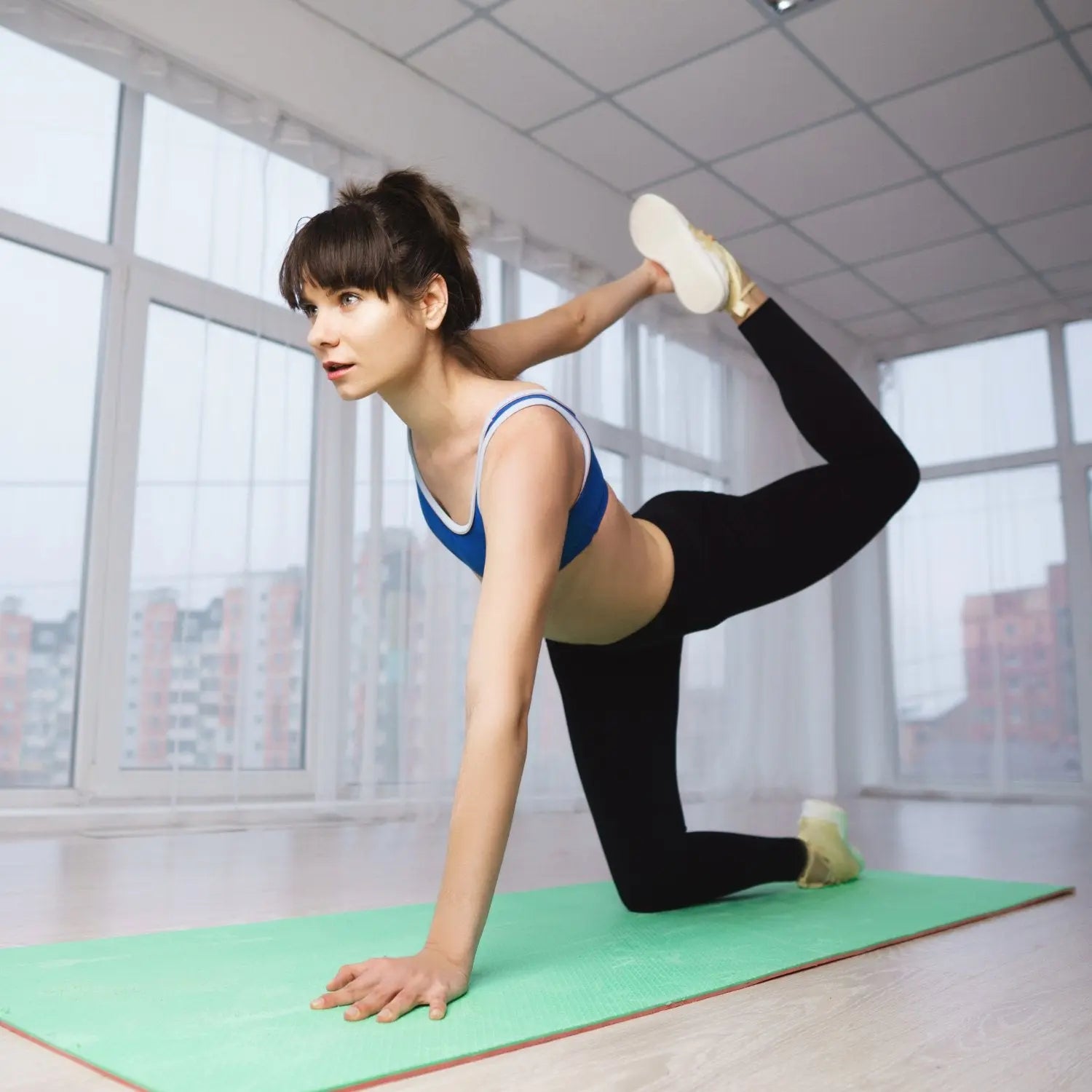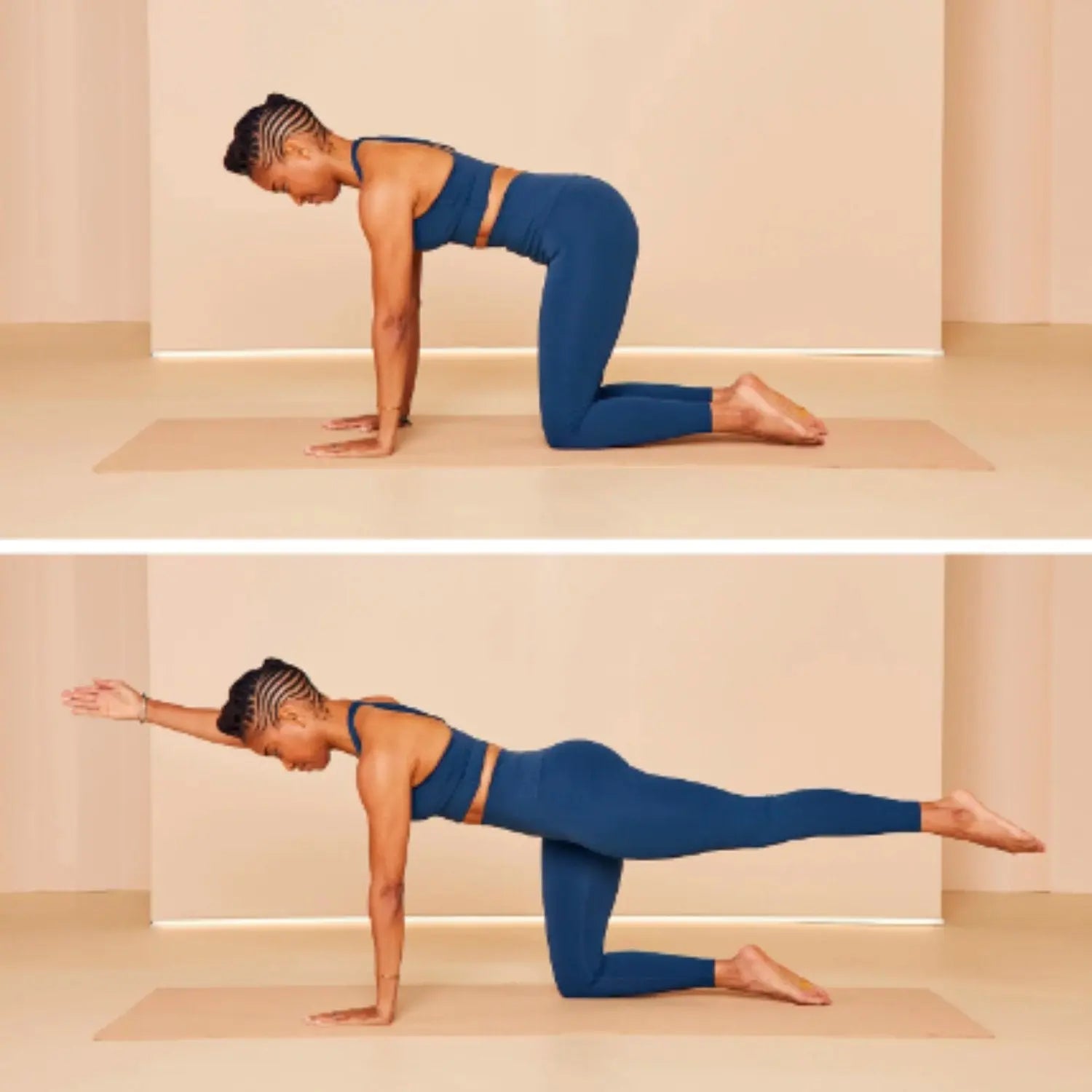The Impact of Posture on Blood Pressure and Heart Rate

It is well-known that blood pressure and heart rate are affected by various factors, including stress, alcohol consumption, caffeine intake, sleep habits, and anxiety. Surprisingly, even incorrect posture can also lead to increased blood pressure and heart rate. According to a study conducted by Wang et al, suboptimal postures can stimulate your sympathetic nervous system, significantly increasing your heart rate and blood pressure.
Consistent, prolonged elevations in blood pressure and heart rate can be problematic. This persistent increase in blood pressures is called hypertension. Hypertension is known as the “silent killer,” as it usually has no obvious symptoms until the damage is too far along to correct. High blood pressure can affect every organ and can cause you to have a heart attack, a stroke, and kidney damage. Understanding how to control blood pressure is one key to a long and healthy life and what is surprising is the connection between posture and cardiovascular health.
In this article, we aim to highlight the effect of posture on blood pressure and heart rate. Furthermore, we provide a comprehensive guide with tips for maintaining healthy blood pressure and heart rate through proper posture.
Understanding Blood Pressure and Heart Rate

Blood pressure is a measure of the force exerted by blood against the walls of our arteries, like the pressure in a water hose when you turn on the faucet. It is measured in millimeters of mercury (mmHg) and is expressed as two numbers, such as 120/80. The first number, systolic pressure, represents the force of the blood against the arterial walls when the heart beats, pumping blood. Conversely, the second number, diastolic pressure, is the force of blood against your arterial walls when the heart rests between beats.
According to the American Heart Association, normal blood pressure readings are less than 120/80. High blood pressure is defined as readings greater than 130/80.
Maintaining healthy blood pressure is crucial for heart health. Hypertension can strain the arteries and the heart, which in turn cause the heart to enlarge in an unhealthy way, eventually leading to heart failure. Elevated pressures can cause the small vessels in your brain and in your kidneys to burst causing strokes and kidney damage.
Heart rate, or pulse, is the number of times your heart beats per minute. An average resting heart rate is around 60 to 100 beats per minute. Monitoring heart rate is essential because it provides insights into the heart's functioning as irregularities or abnormalities in the heart's rhythm causing your heart to beat faster or slower may lead to serious heart conditions.
The good news about blood pressure and heart rate is that there are multiple things you can do to lower them into a healthy range. One of those things is maintaining optimal postures during sleep, while sitting upright in chairs, and when standing. Poor posture when working long hours at a desk, like many of us do, is one of the reasons why “sitting is the new smoking.”
Effects of Different Postures on Blood Pressure and Heart Rate

According to Dr. Rene Caillet, Director of Physical Medicine and Rehab at USC, “posture impacts the way your heart and lungs function, creating nervous system dysfunction and stress responses.” These then lead to elevated blood pressures and heart rate.
1. The Impact of How You Sit
Sitting for extended periods in a slouched or hunched posture can significantly affect blood pressure and heart rate, negatively impacting cardiovascular health.
Here's how poor sitting posture can lead to adverse effects:
Increased Pressure on Blood Vessels
- Slouching or hunching compresses blood vessels, hindering the smooth flow of blood through arteries and veins.
- This compression increases blood pressure, requiring the heart to pump harder to overcome the resistance in compressed vessels.
Reduced Blood Flow
- Poor posture restricts blood flow to vital organs, including the heart and brain, affecting their optimal functioning.
- Insufficient blood flow results in reduced oxygen and nutrient supply to tissues, leading to fatigue and poor performance.
Increase Sympathetic Tone:
- Any postural deviation away from neutral posture activates the sympathetic nervous system, causing an elevation in heart rate and blood pressure.
- The forward flexion posture, the position every one of us consistently finds ourselves in when working at a desk, can lead to increased blood pressure.
Risks of Prolonged Sitting on Cardiovascular Health
- Higher Risk of Blood Clots: Prolonged sitting increases the risk of blood clot formation, especially in the legs.
- Impaired Heart Function: Reduced physical activity and poor posture may weaken the heart over time. As a result, the heart fails to pump blood effectively.
- Increased Chance of Heart Disease: Prolonged sitting behavior increases the risk of heart disease. It causes obesity, high blood pressure, and increased cholesterol levels.
Overall Impact
- Prolonged sitting in a hunched position intensifies cardiovascular risks. It develops atherosclerosis and plaque in arteries.
- Poor posture may lead to chronic conditions such as hypertension and cardiovascular diseases, causing long-term heart health.
Tips for Maintaining Good Posture While Sitting:
- Start by adjusting your chair to the appropriate height, allowing you to keep your feet flat on the ground while maintaining a straight back.
- Ensure that your computer screen and desk are correctly aligned to promote comfortable posture.
- Utilize a backrest to support the natural curve of your spine, aiding in maintaining a proper posture and reducing muscle strain.
- Additionally, take frequent breaks to stand up, stretch, and move around. This practice effectively prevents stiffness and improves circulation.
- Lastly, be mindful of your posture and adjust whenever you catch yourself slouching. Over time, this conscious effort will become a habit, and your body will automatically adapt to maintain better posture.
2. The Influence of How You Stand

Proper posture can significantly contribute to maintaining healthy blood pressure and heart rate, promoting overall cardiovascular well-being.
Here's how good standing posture positively influences these factors:
Benefits of Aligned Spine and Engaged Core Muscles
- Optimized Blood Circulation: Proper standing posture, with an aligned spine and engaged core muscles, facilitates better blood circulation, ensuring efficient delivery of oxygen and nutrients to vital organs and muscles.
- Reduced Strain on the Heart: Correct posture minimizes stress on the cardiovascular system, enabling the heart to pump blood more effectively without unnecessary resistance from constricted vessels.
Tips for Maintaining Good Posture While Standing
- Align Your Body: Stand tall with your feet hip-width apart. Align your head, shoulders, and hips in a straight line.
- Engage Core Muscles: Contract your abdominal muscles to support your spine and maintain stability.
- Distribute Weight Evenly: Balance your weight evenly on both feet to avoid leaning to one side, which can strain the lower back.
- Take Breaks: Take breaks to shift your weight from one foot to the other or walk around briefly to promote blood circulation.
Risks of Poor Standing Posture
- Increased Strain on Muscles and Joints: Poor posture can lead to muscle and joint imbalances, causing discomfort.
- Impaired Lung Function: Slouching may restrict lung expansion, affecting breathing efficiency and oxygen intake.
3. The Impact of How You Lie Down

Lying down impacts blood pressure and heart rate, primarily due to the reduction of gravitational stress on the cardiovascular system.
Understanding these effects is crucial for recognizing the importance of proper lying down posture.
Lowering of Blood Pressure and Heart Rate
- Reduced Gravitational Stress: When lying down, the heart encounters less resistance against gravity, resulting in decreased pressure in the blood vessels and lower blood pressure.
- Enhanced Heart Function: With reduced gravitational stress, the heart can pump blood more efficiently, reducing strain on the cardiovascular system and contributing to a lower heart rate.
Importance of Proper Sleeping Posture
- Spinal Alignment: Maintaining a neutral spine while lying down supports proper spinal alignment, preventing discomfort and potential cardiovascular strain.
- Comfortable Sleep: Quality sleep is crucial for cardiovascular health, and a comfortable lying down posture ensures restful sleep, promoting overall well-being.
Risks of Poor Lying Down Posture
- Increased Strain on the Heart: Inadequate support for the spine and neck can lead to discomfort and poor sleep quality, which indirectly affects heart health.
- Potential for Sleep-Related Issues: Poor posture may contribute to sleep-related problems such as insomnia or sleep apnea.
Tips for Maintaining Healthy Blood Pressure and Heart Rate
Maintaining healthy blood pressure and heart rate involves a combination of mindful posture and other lifestyle factors. Here are practical tips to promote cardiovascular health through proper posture.
1. Sitting Posture

- Sit up Straight: Sit up straight with a relaxed spine, shoulders, and feet flat on the floor, avoiding slouching or leaning forward for extended periods.
- Use Support: Utilize lumbar support cushions or ergonomic chairs to support the lower back.
2. Standing Posture
- Align Your Body: Stand with your head, shoulders, and hips aligned, engaging your core muscles to support your spine and reduce strain on the lower back.
- Distribute Weight Evenly: Balance your weight evenly on both feet, avoiding prolonged periods of standing on one leg.
3. Lying Down Posture
- Choose a Supportive Mattress: Choose a mattress that conforms to the natural curve of your spine, promoting proper alignment and reducing pressure points.
- Use a Pillow: Maintain neck support by using a pillow, ensuring an aligned natural curvature of your neck and spine.
- Consider undergoing a sleep study if you are told that you snore, as this may be a sign of sleep apnea. Sleep apnea is one of the most prevalent contributors to high blood pressure..
4. Regular Exercise

- Cardiovascular Exercise: Include aerobic activities like walking, jogging, or swimming in your routine to strengthen the heart and improve blood circulation.
- Strength Training: Add resistance training to enhance muscle tone supporting cardiovascular health.
5. Stress Management
- Practice Relaxation Techniques: Practice relaxation techniques such as deep breathing, meditation, or yoga to manage stress levels, as chronic stress can contribute to increased blood pressure.
- Prioritize Sleep: Prioritize sufficient and quality sleep, as inadequate sleep can impact blood pressure and heart rate.
6. Healthy Diet
- Limit sodium intake to help control blood pressure and increase your potassium intake.
- Include fruits, vegetables, whole grains, and lean proteins in your diet for heart-healthy nutrition.
- Cut back on alcohol and caffeine.
Frequently Asked Questions (FAQs)
Does body posture affect blood pressure and heart rate?
Yes, your posture can affect your heart rate. Suboptimal postures can stimulate your sympathetic nervous system, which can in term raise your blood pressure and heart rate.
Is blood pressure higher when standing or sitting?
Typically, blood pressure is higher in people while standing than when sitting. However, you may notice a drop in blood pressure right after standing up from a sitting or lying position.
Why is blood pressure increased in a standing posture?
Blood pressure is higher in a standing posture due to gravity's pull, which requires the heart to work harder to maintain adequate blood flow throughout the body.
Can bad posture cause high blood pressure?
Poor posture can potentially lead to high blood pressure due to the neurological link between posture and the cardiovascular system. Poor posture leads to activation of the sympathetic nervous system which increases heart rate and blood pressure.
Final Notes
Understanding the effect of posture on blood pressure and heart rate is vital. Proper body alignment, whether sitting, standing, or lying down, can make profound impacts on blood pressure and heart rate.
Consistently maintaining appropriate posture in your daily life, along with exercises like strength training or stretching, promotes cardiovascular health.
Additionally, remember to prioritize proper sleep and maintain a healthy diet for overall well-being.






















